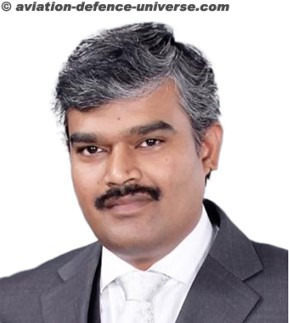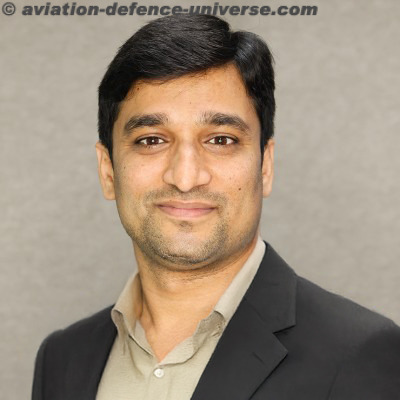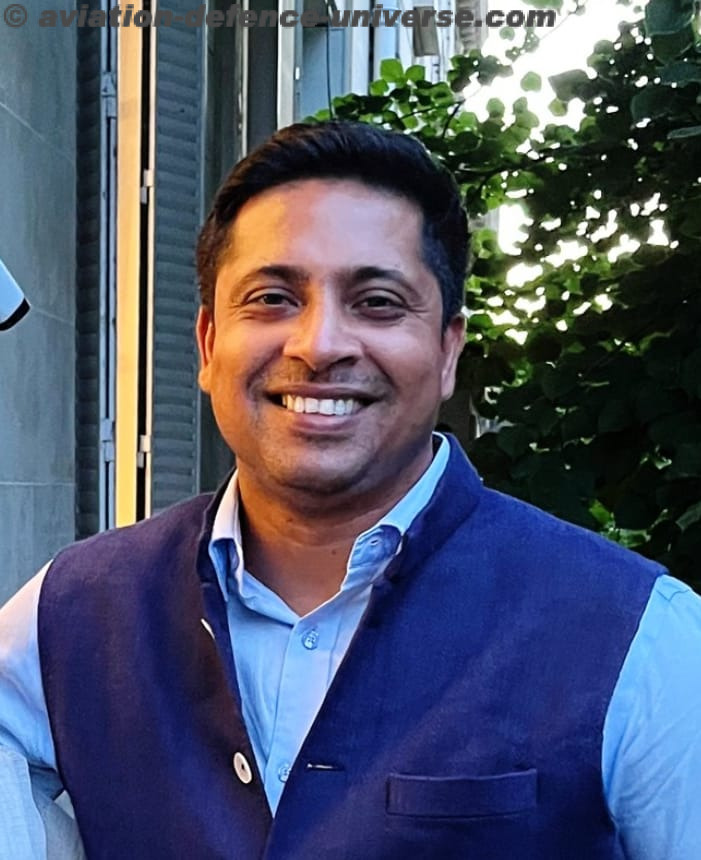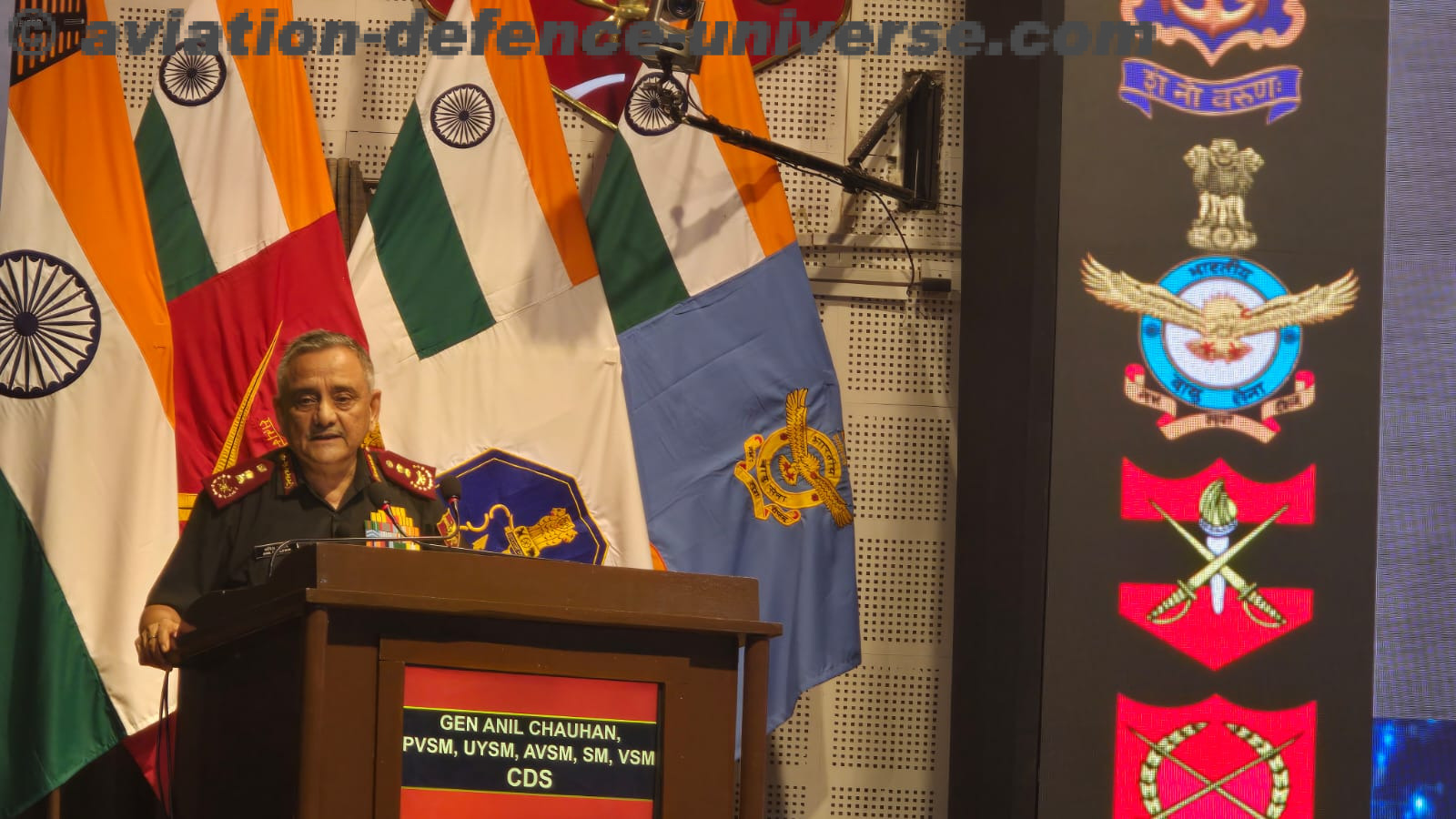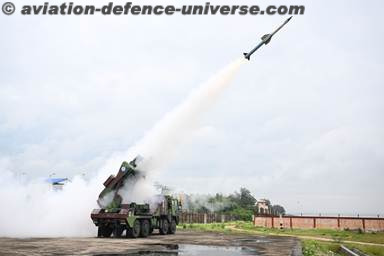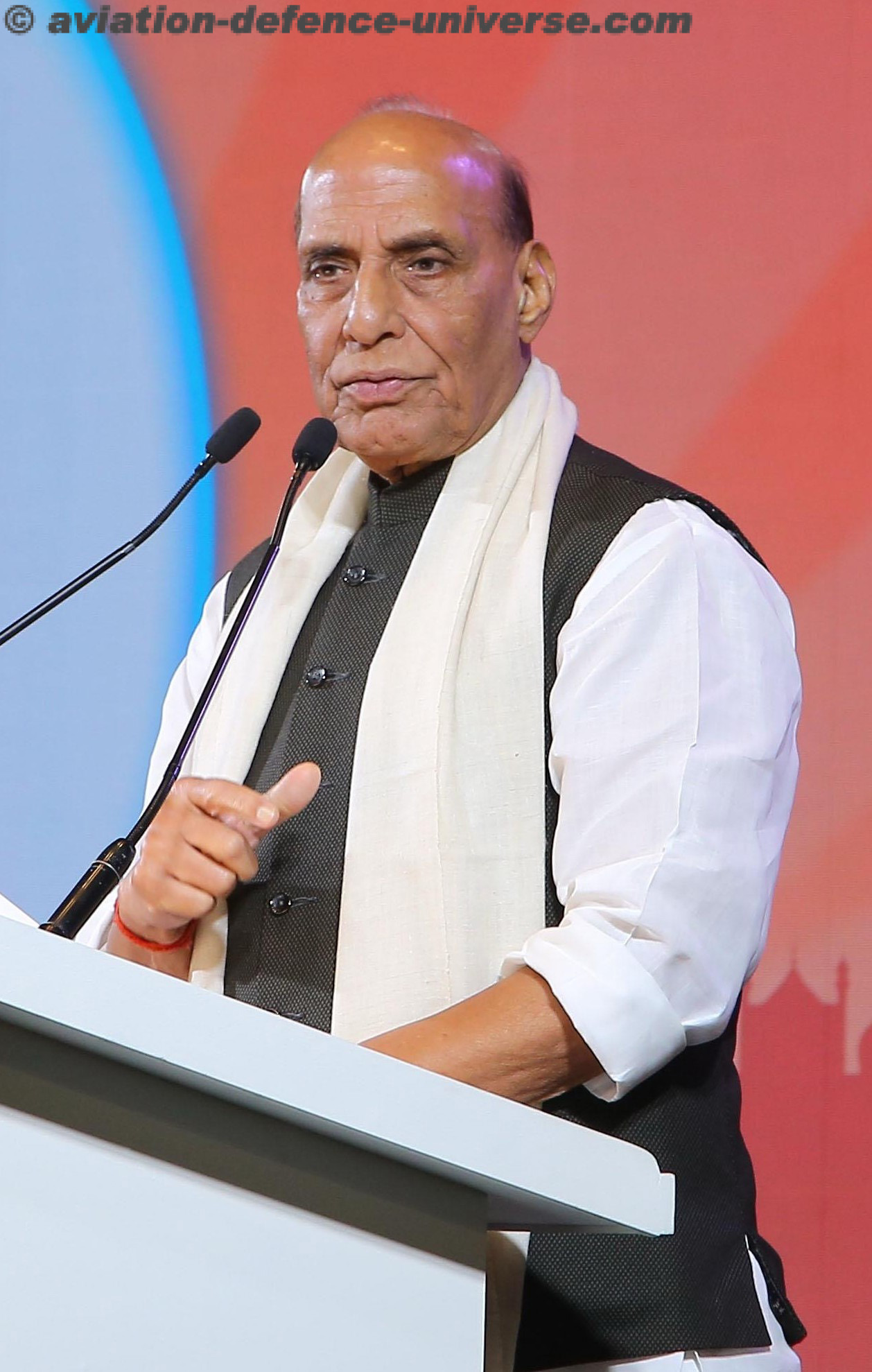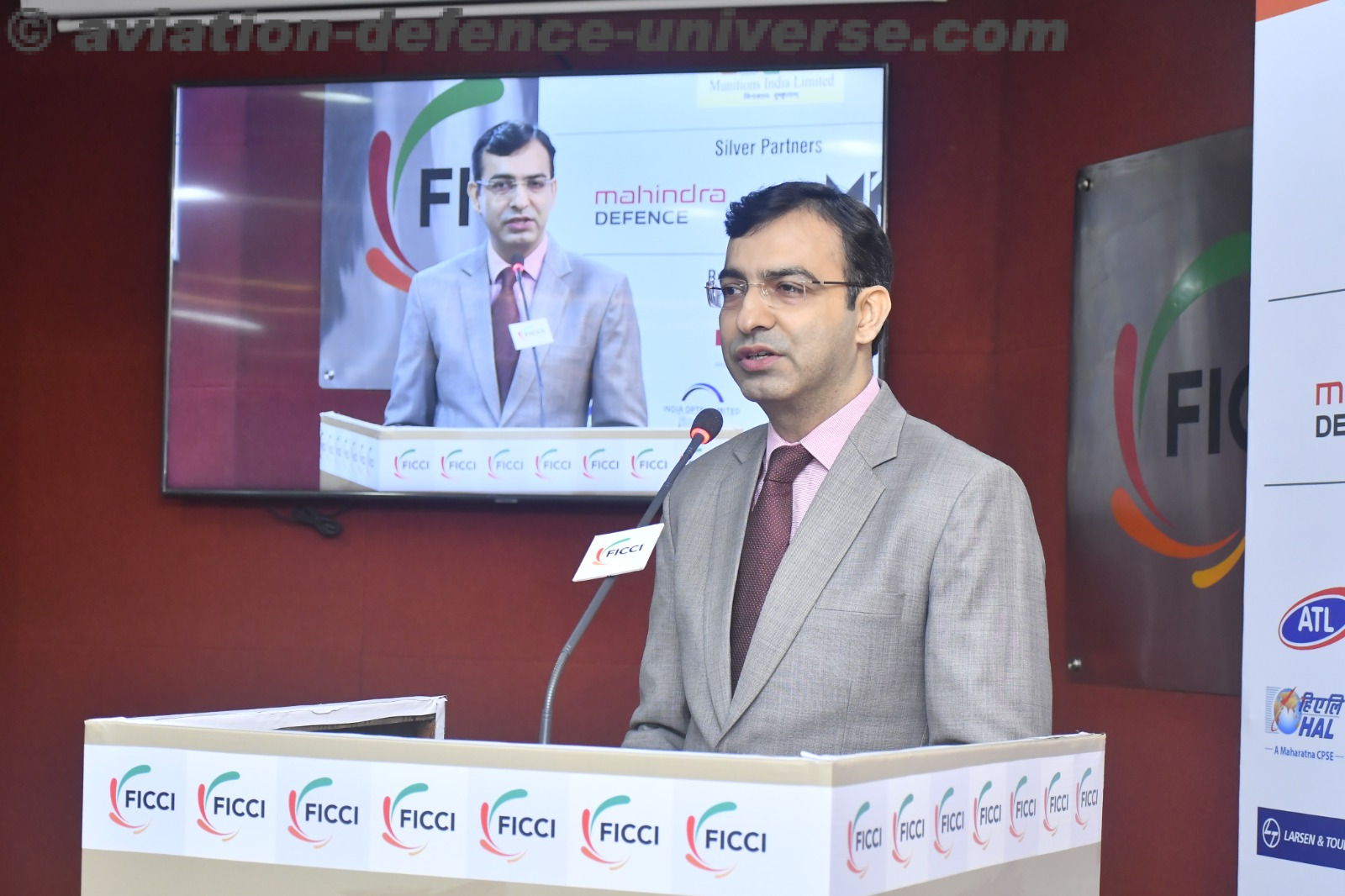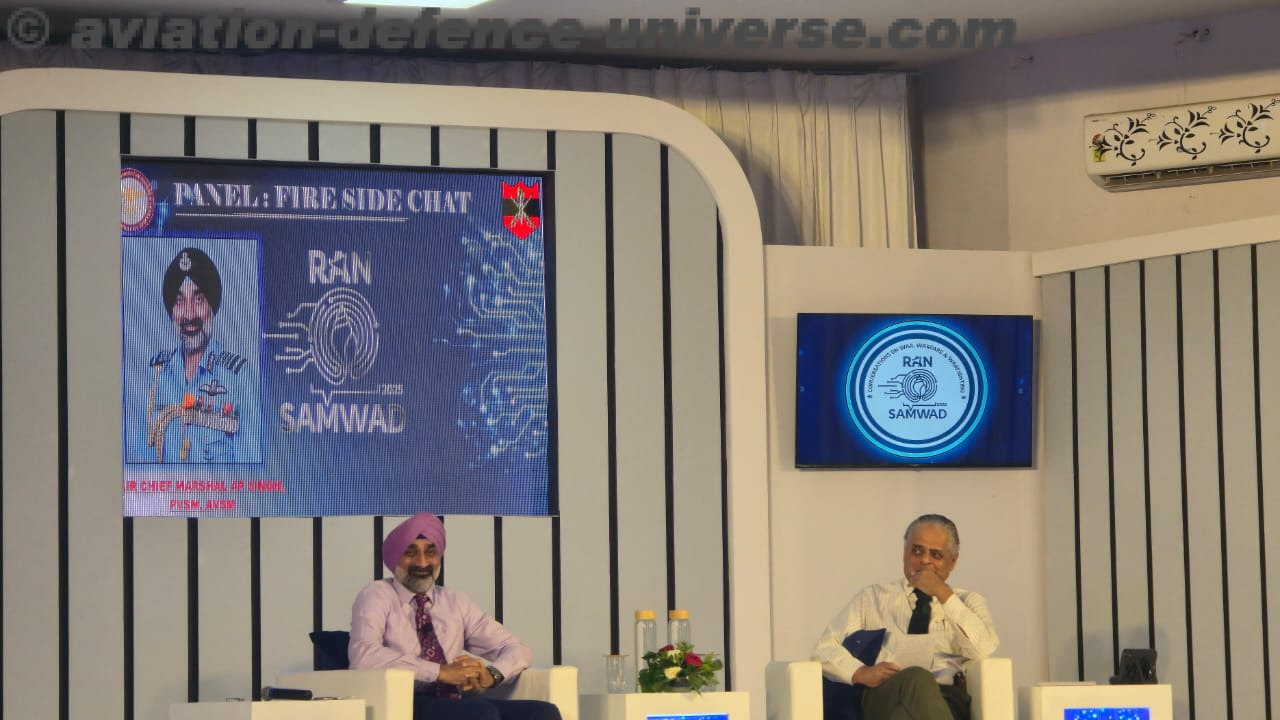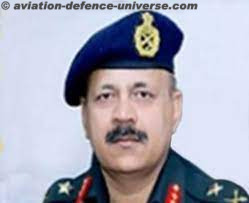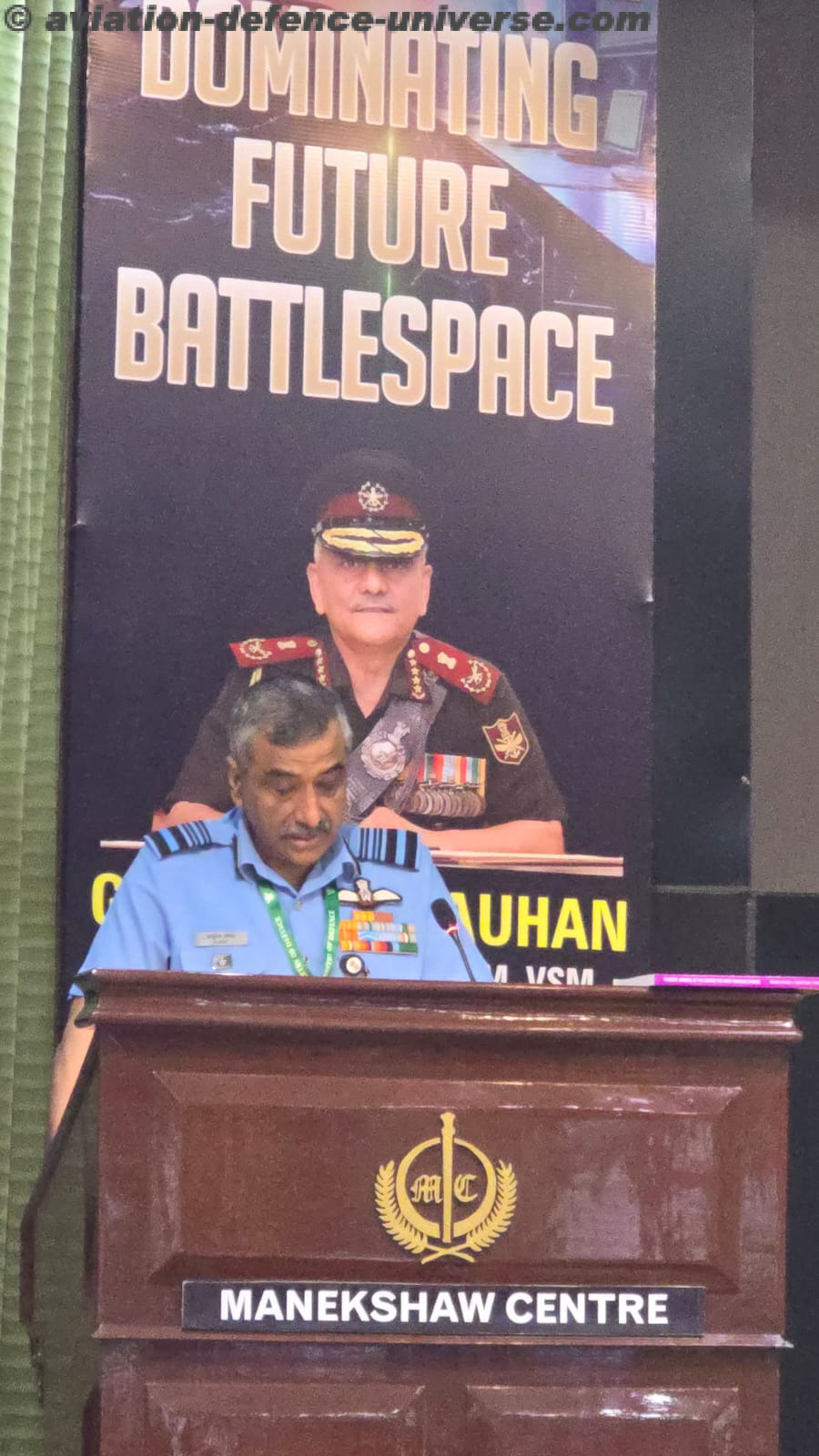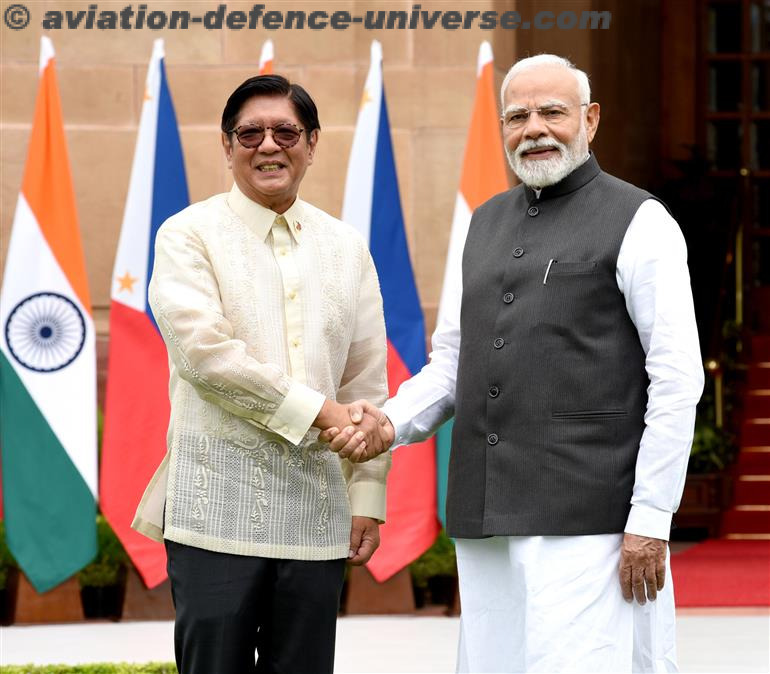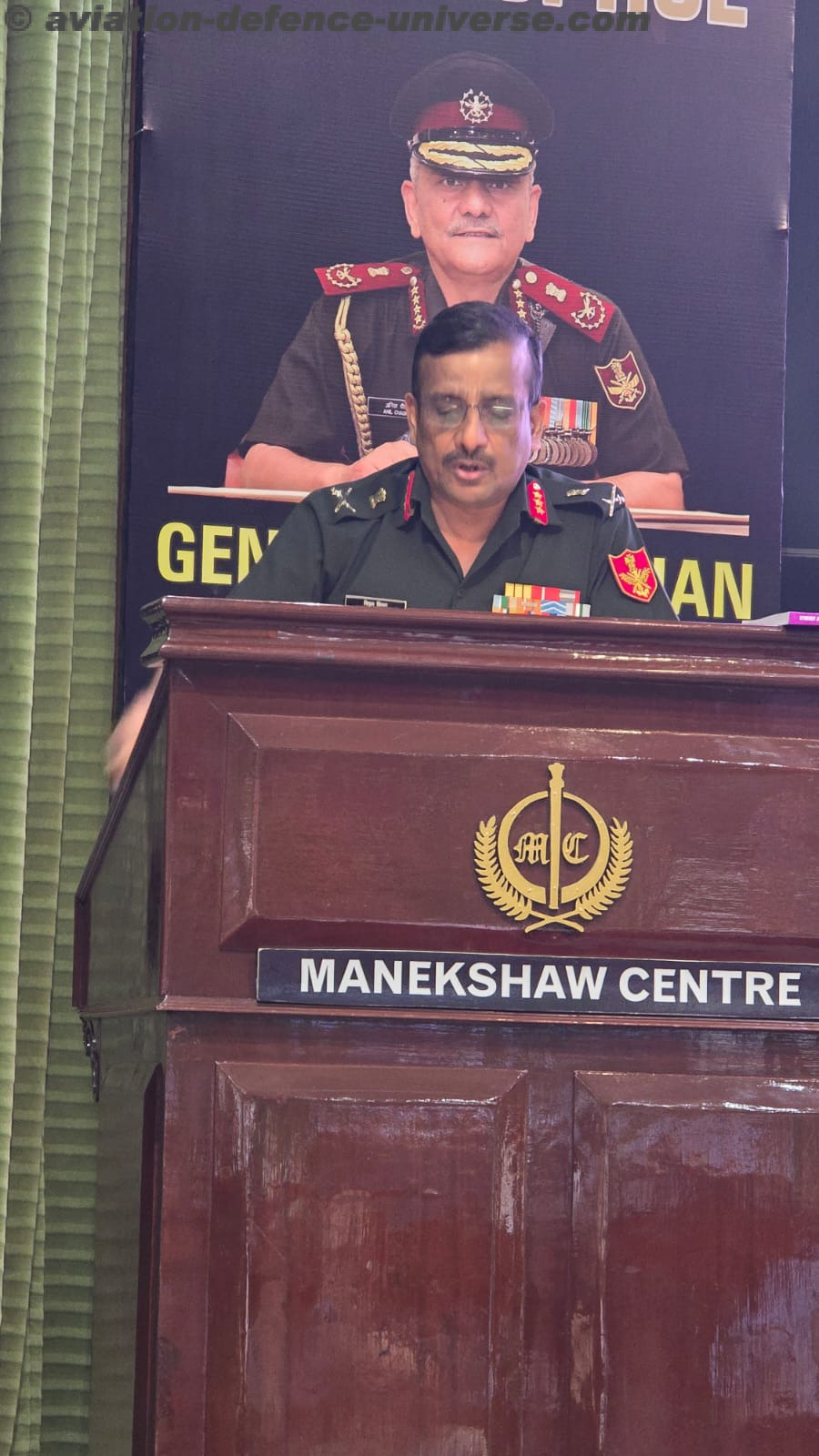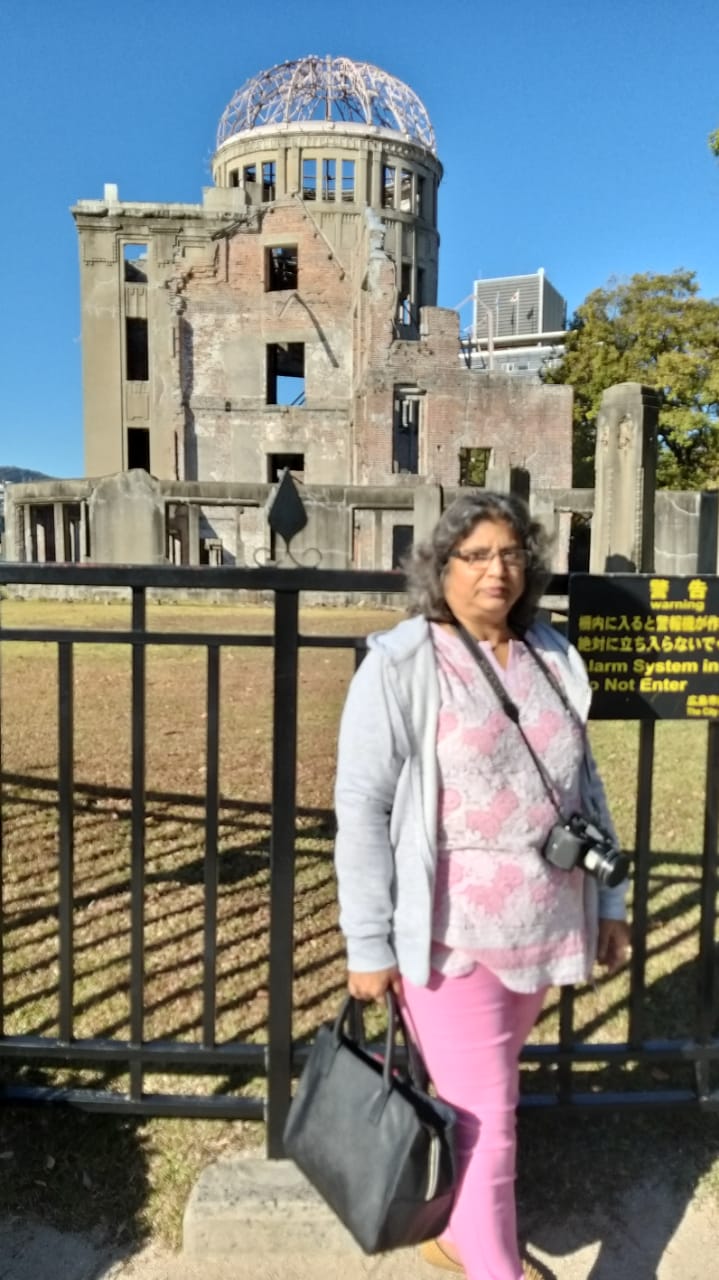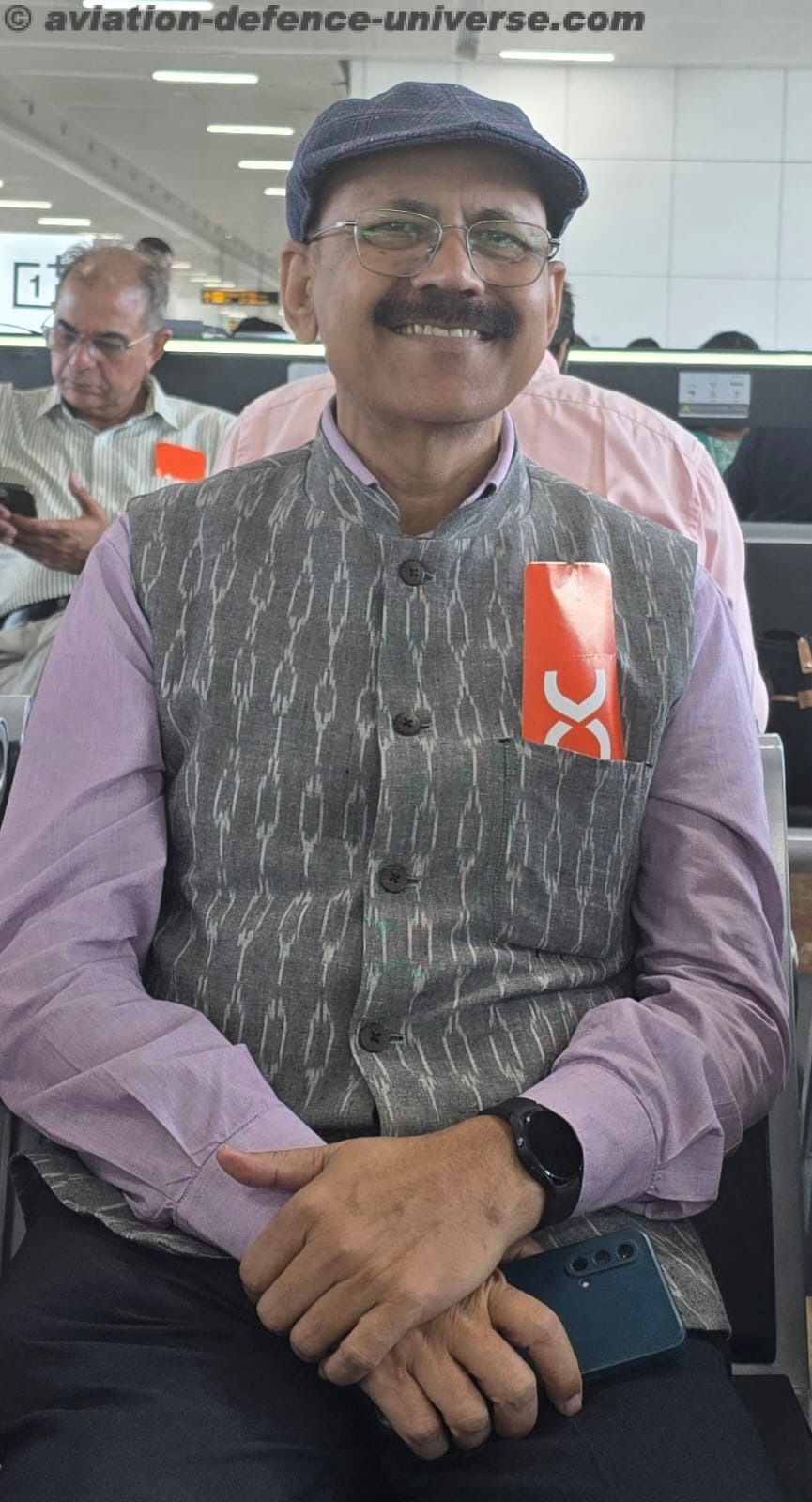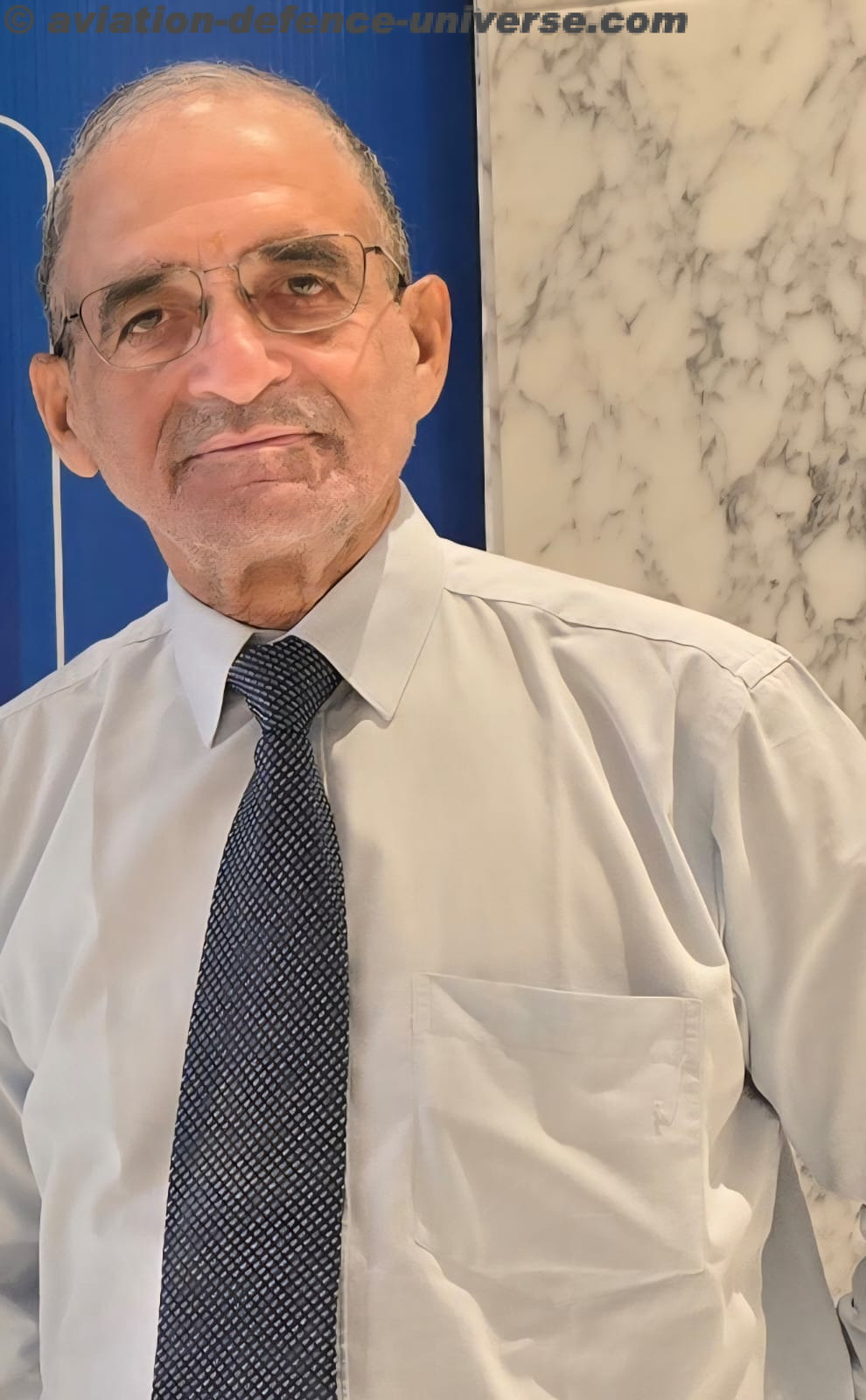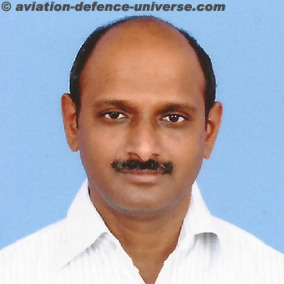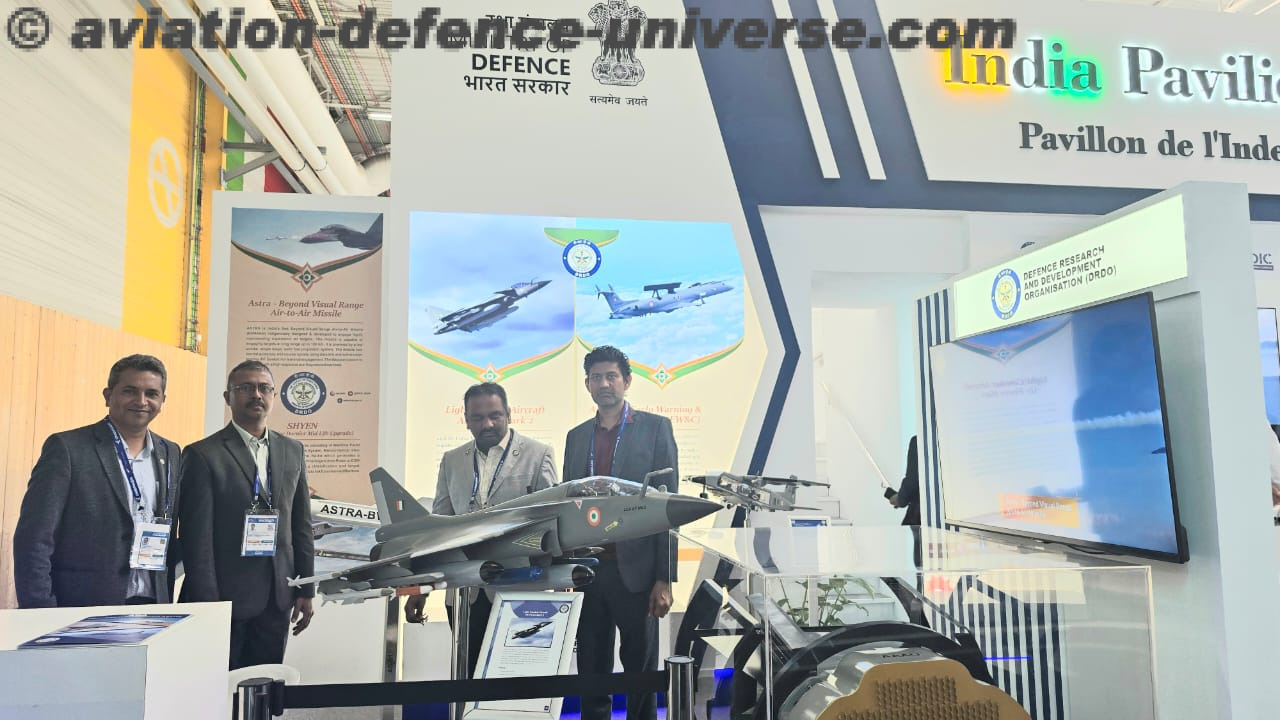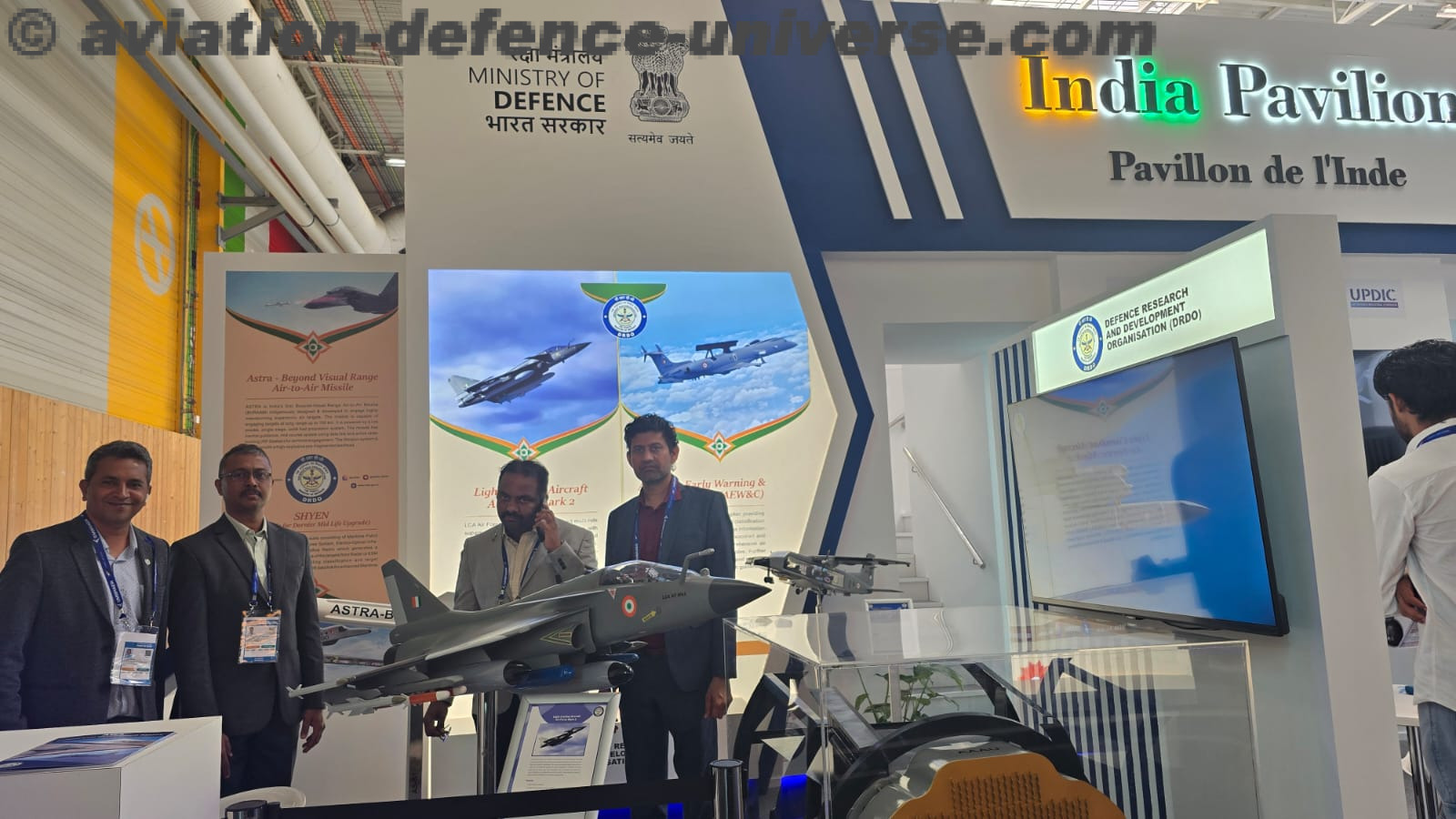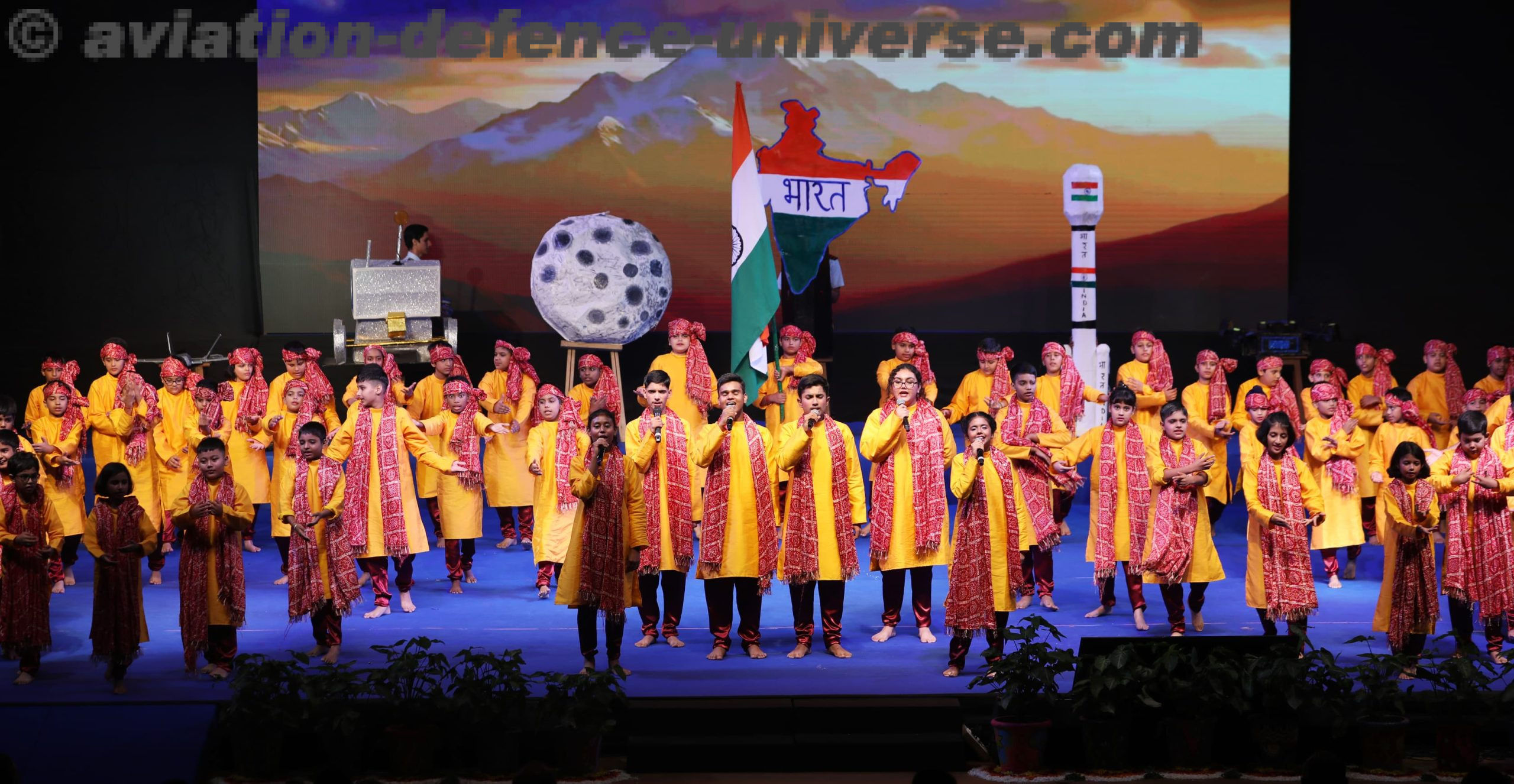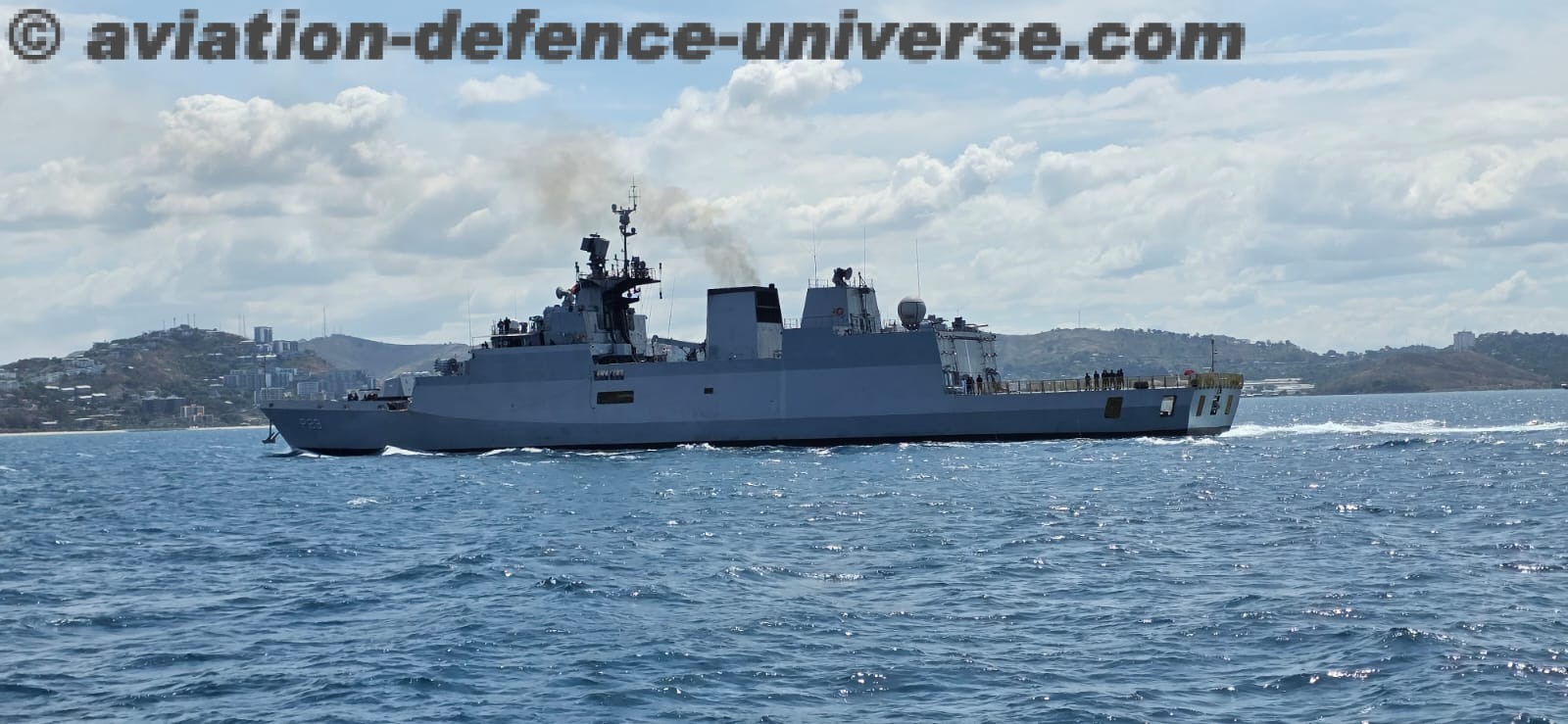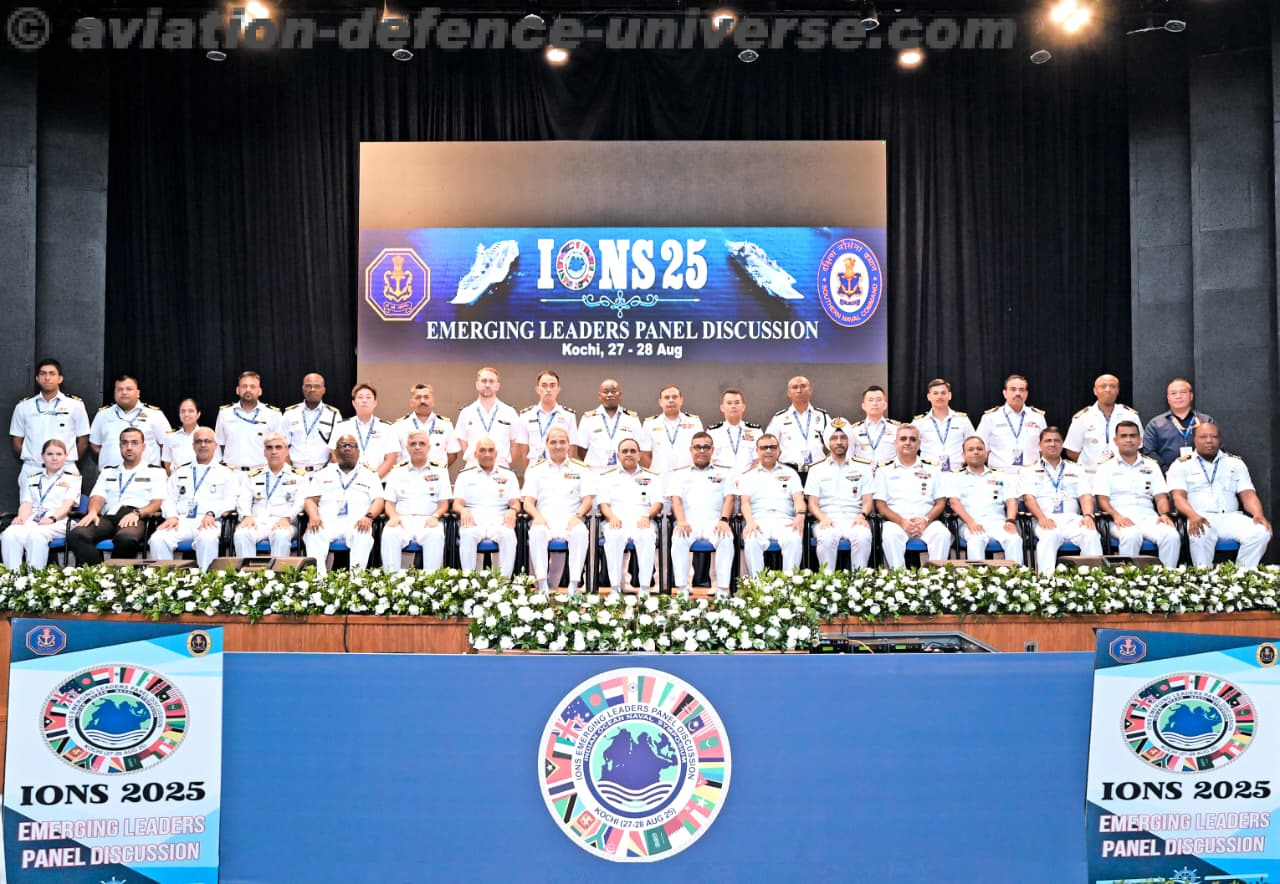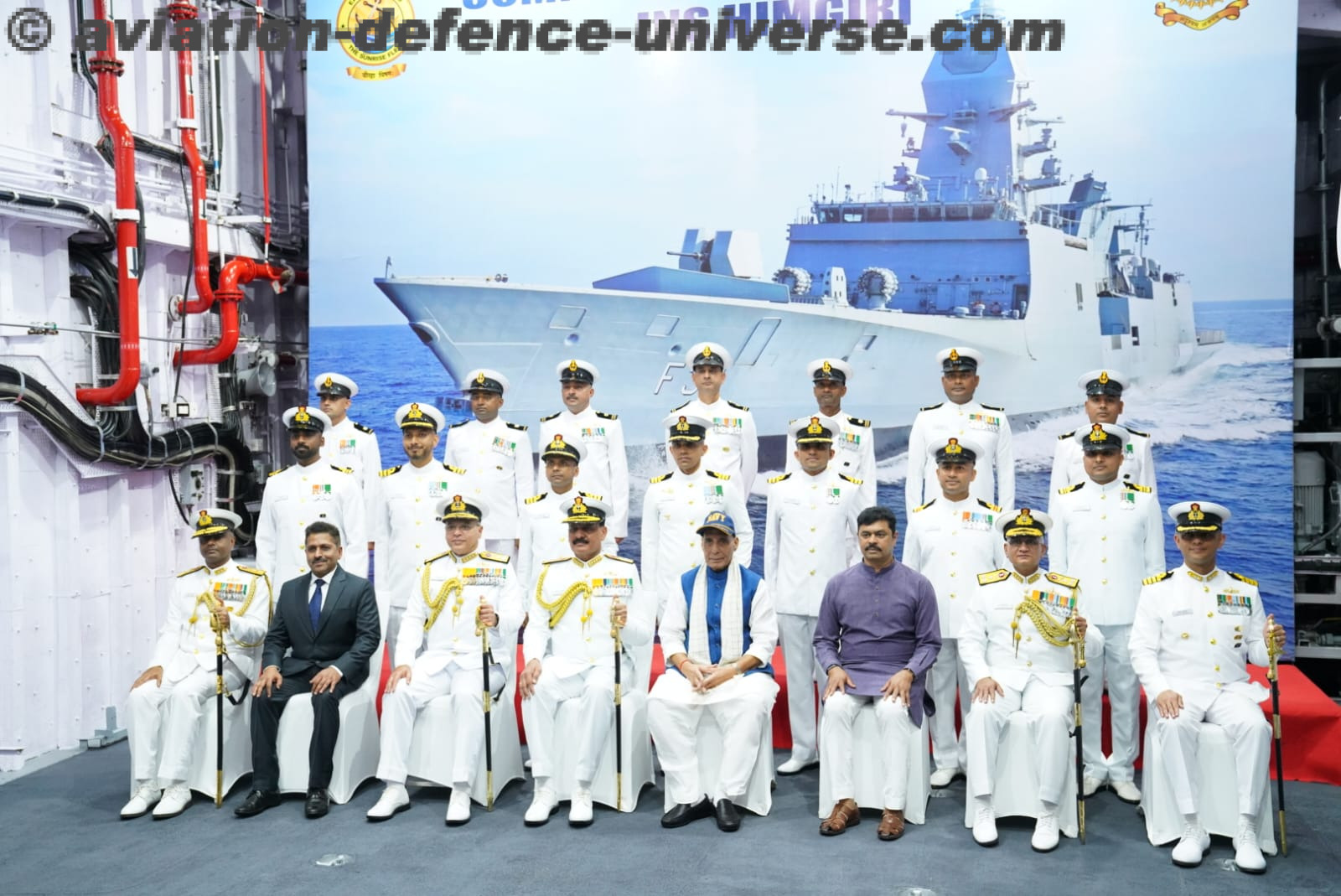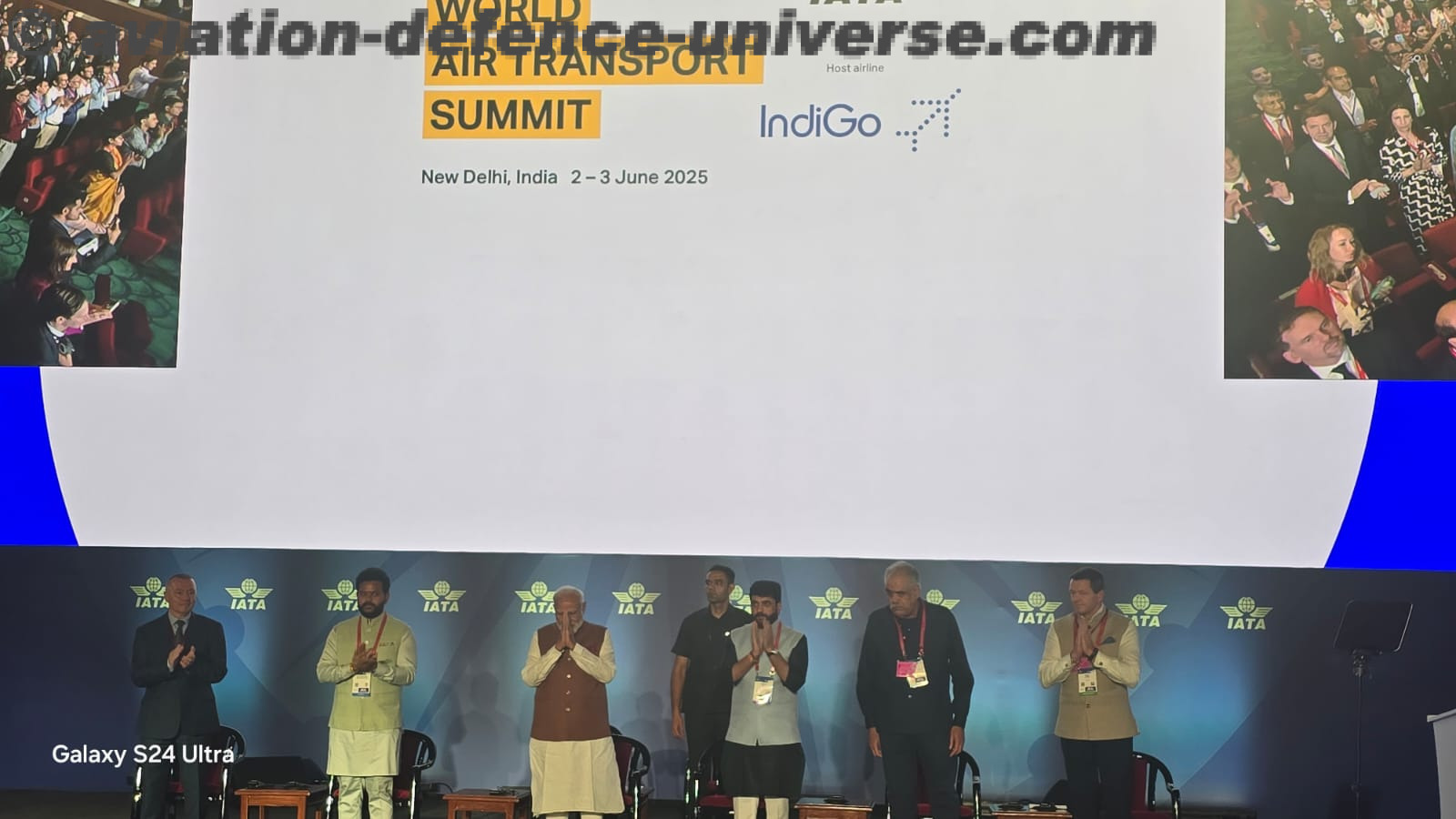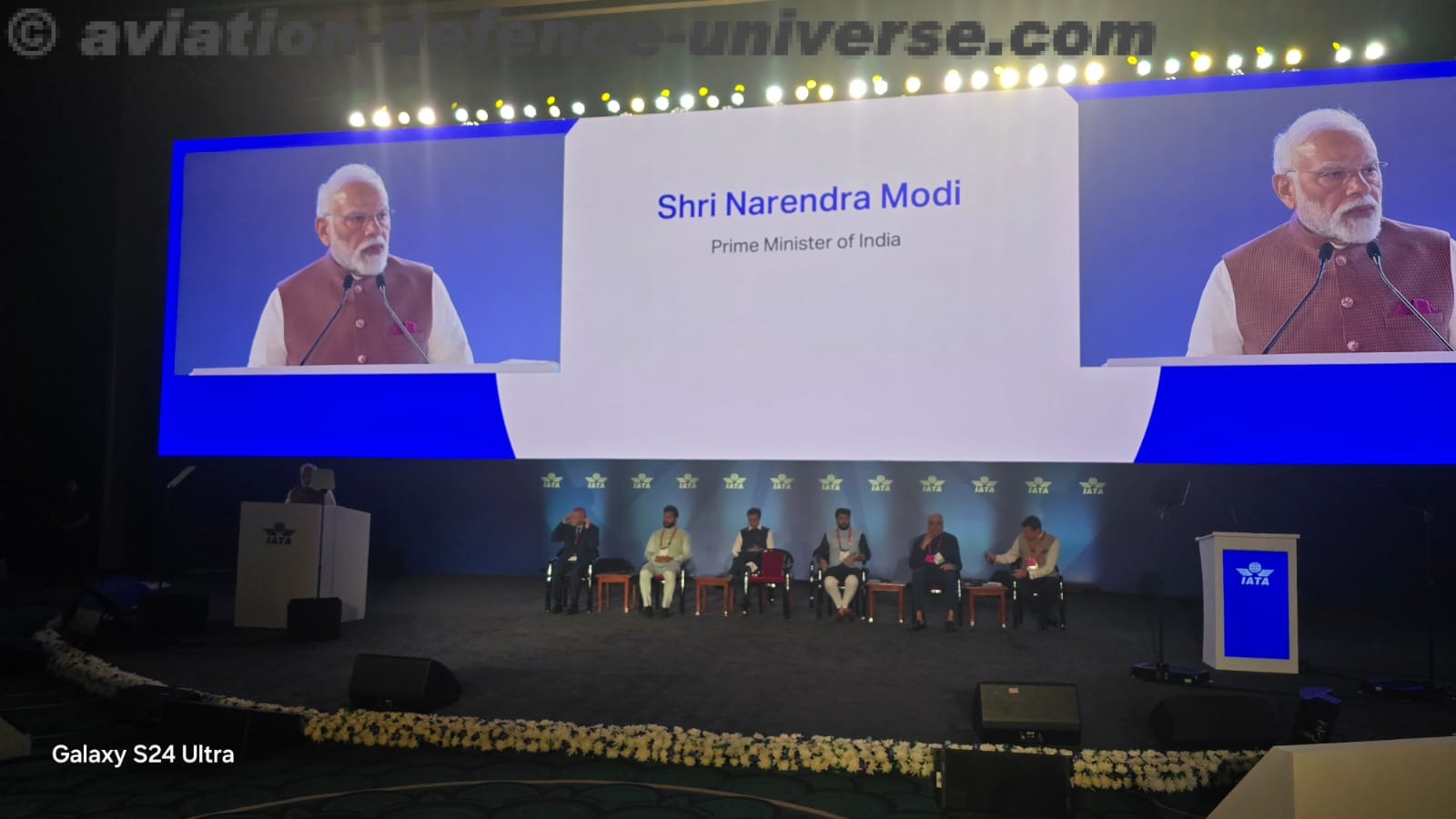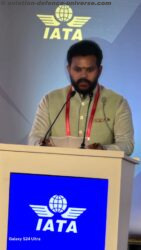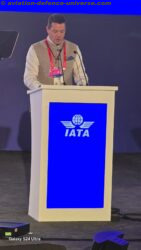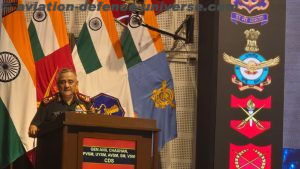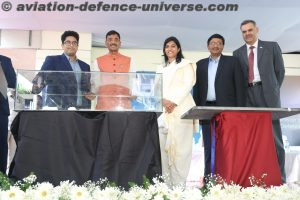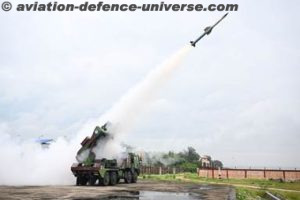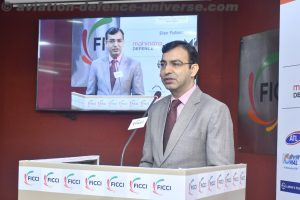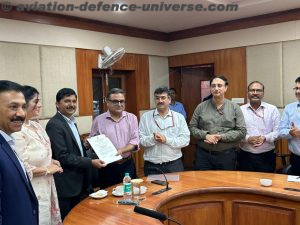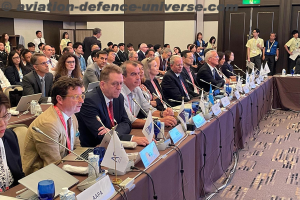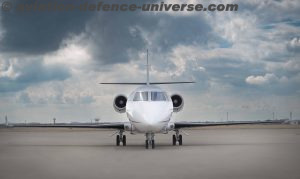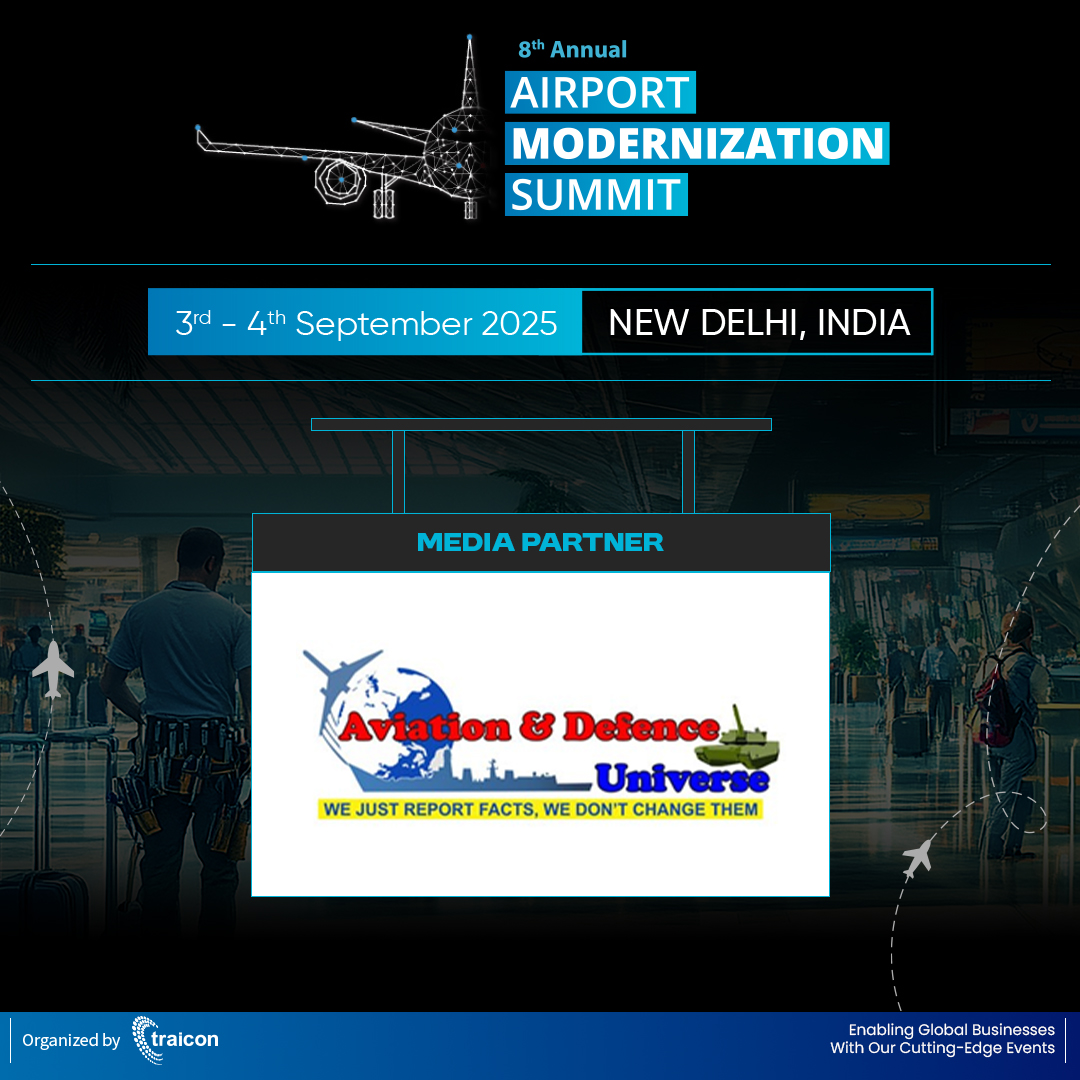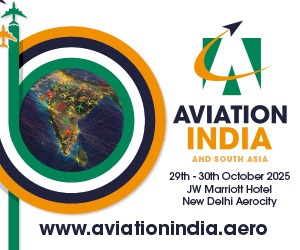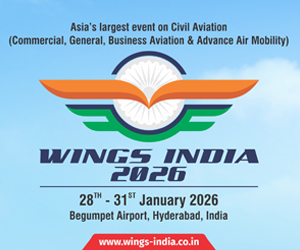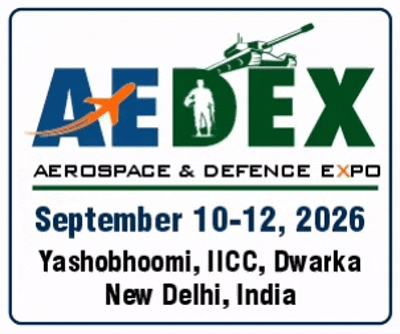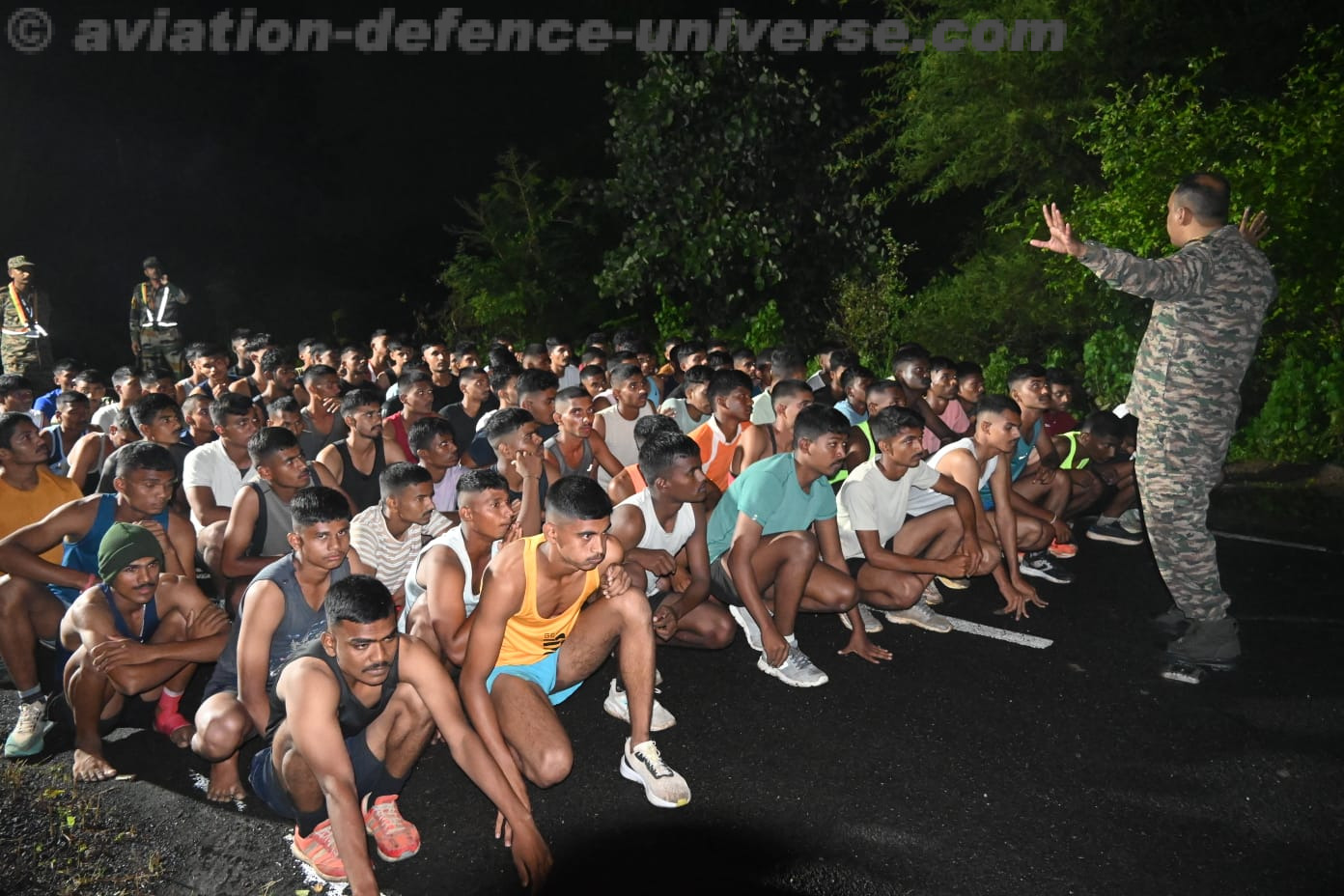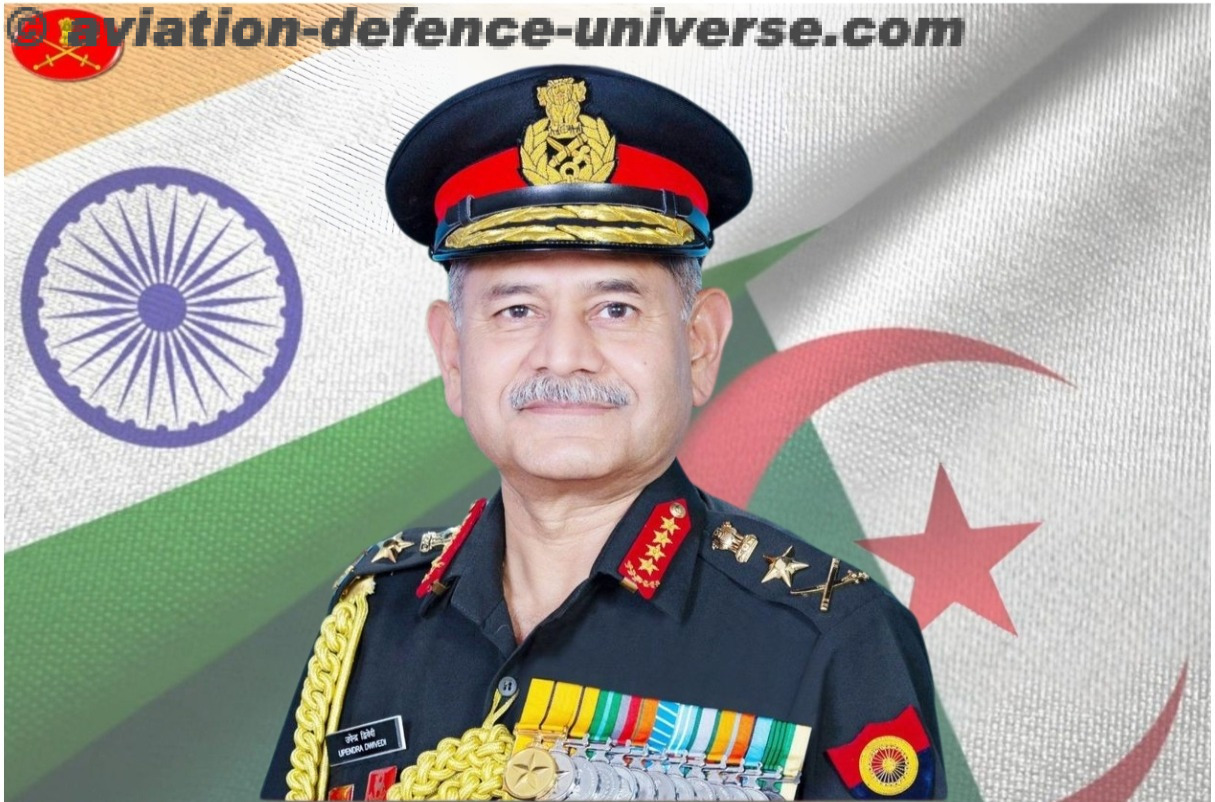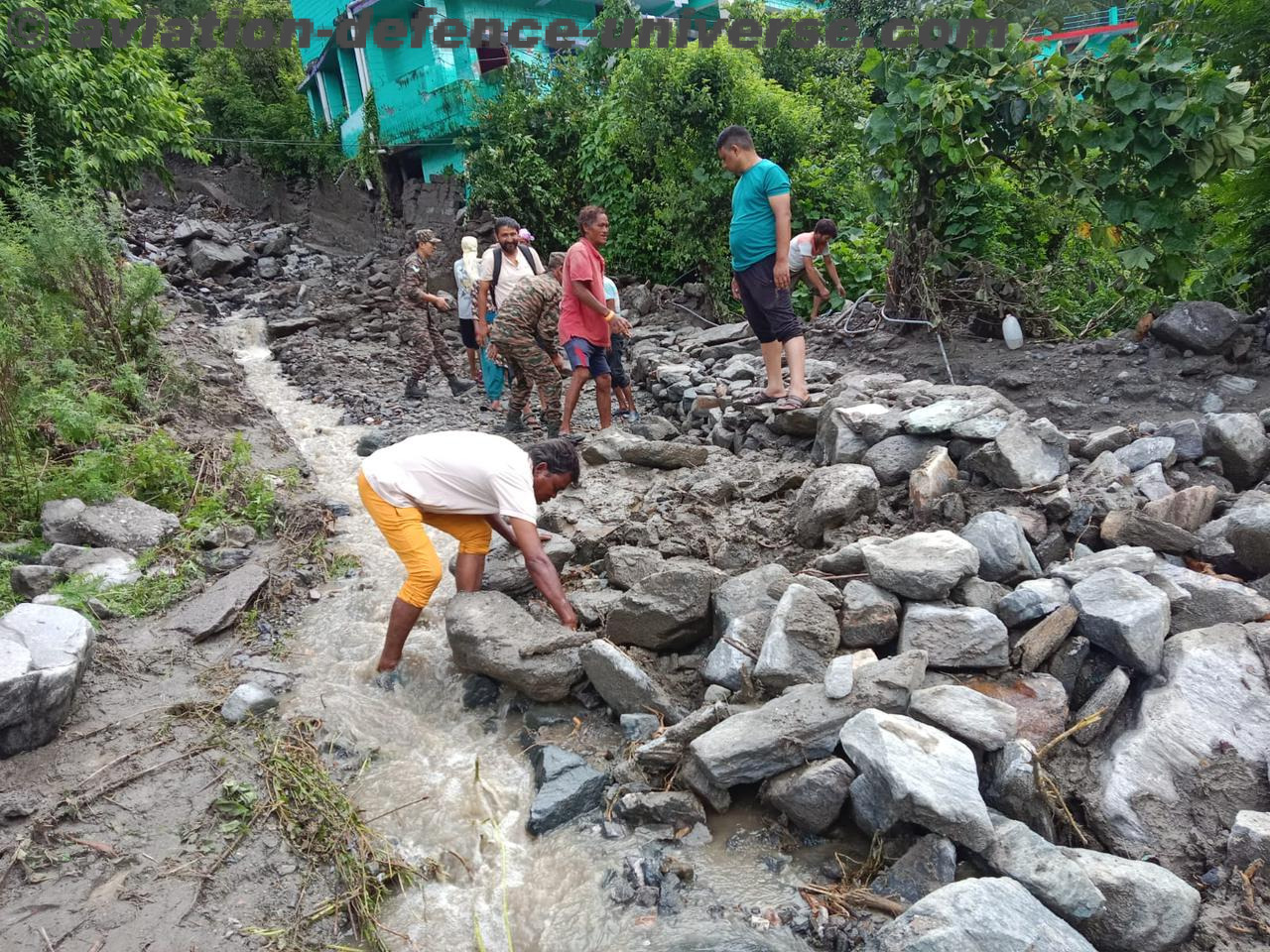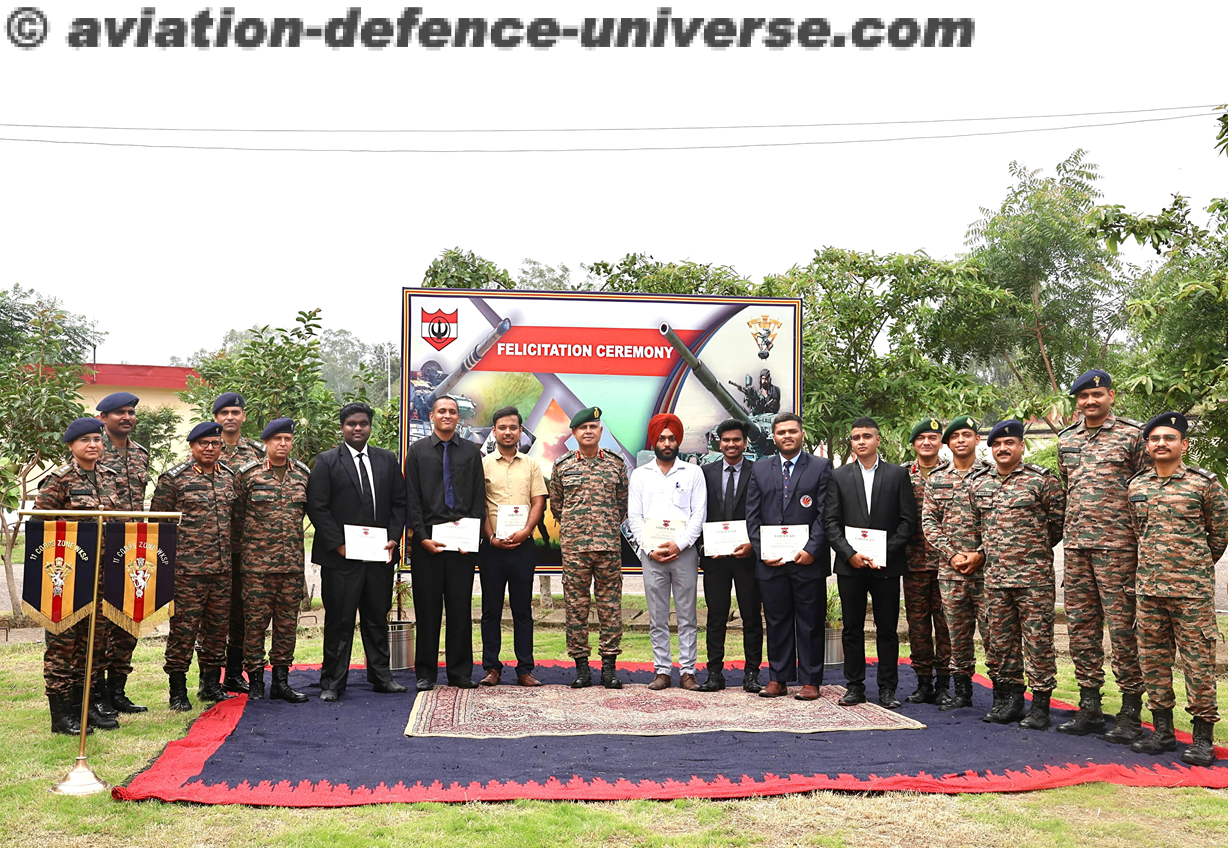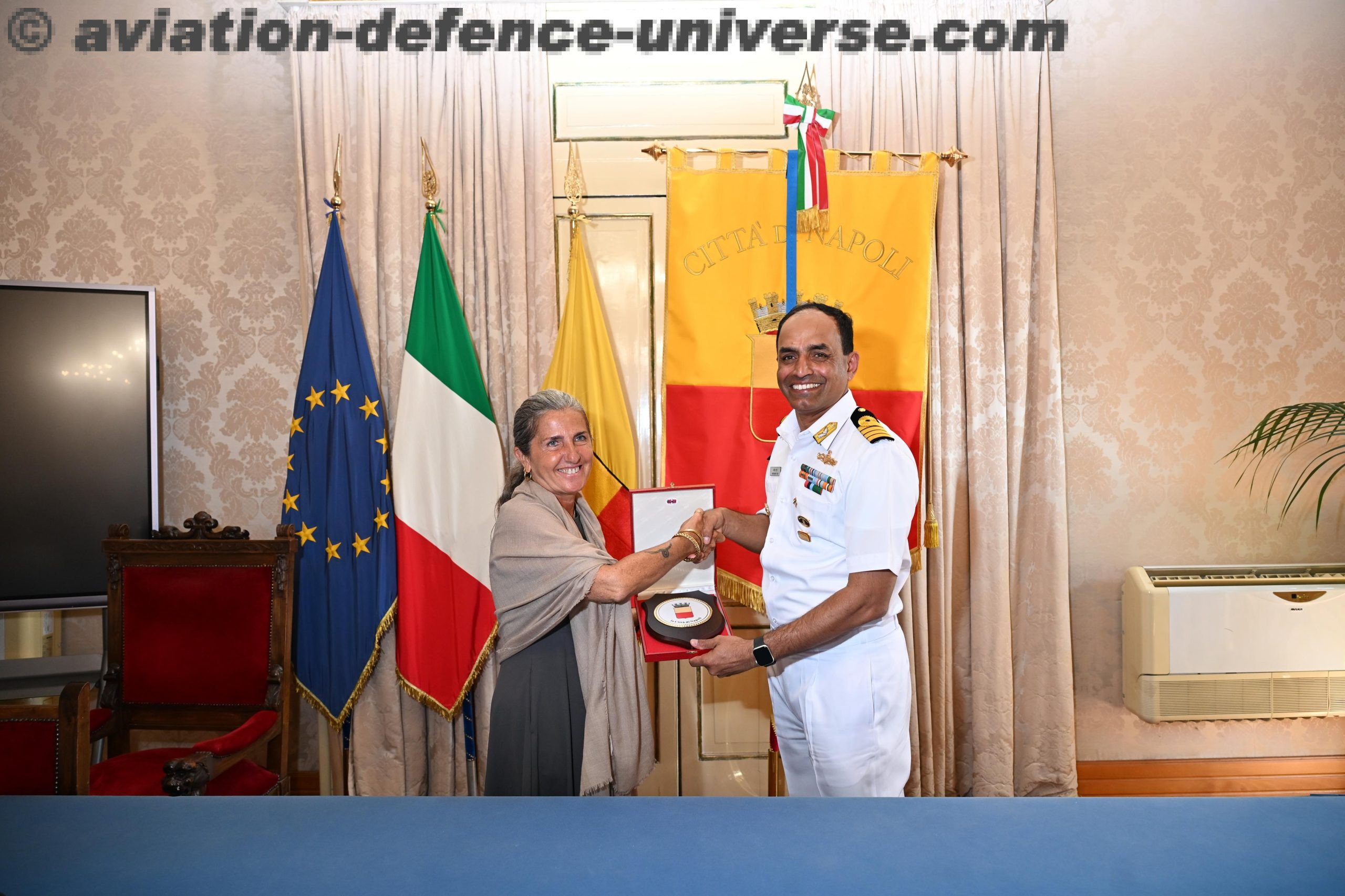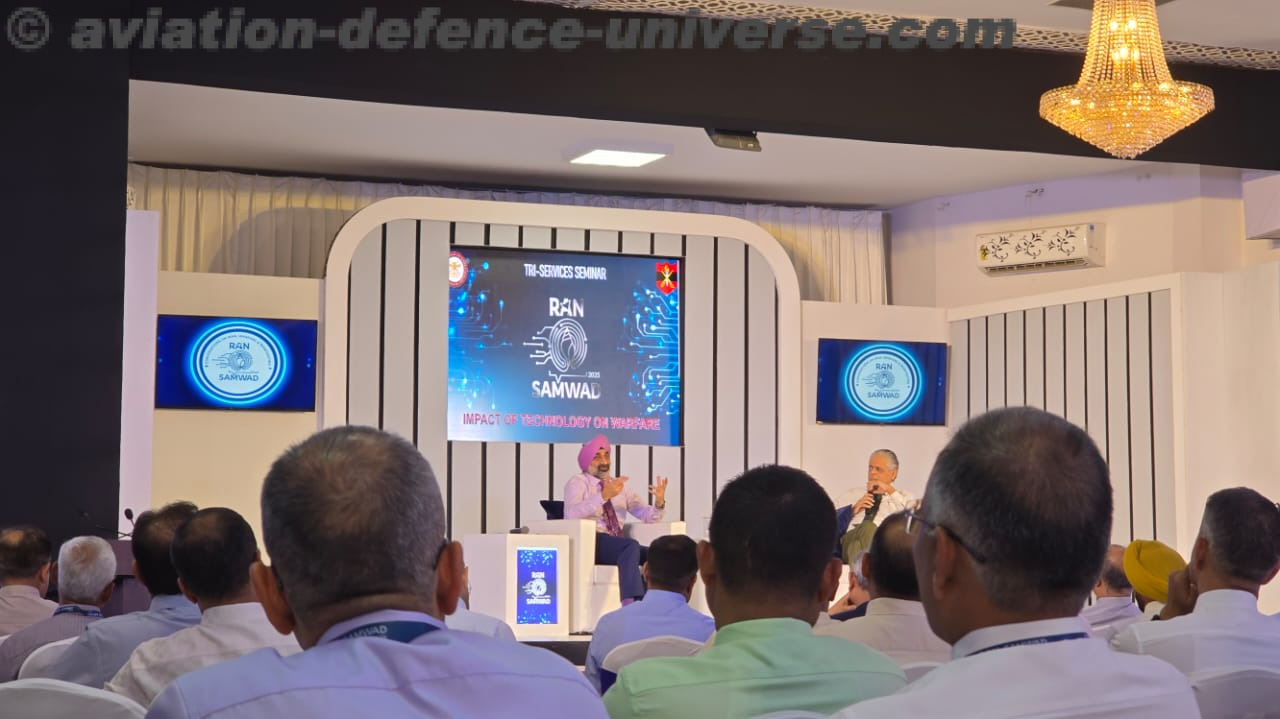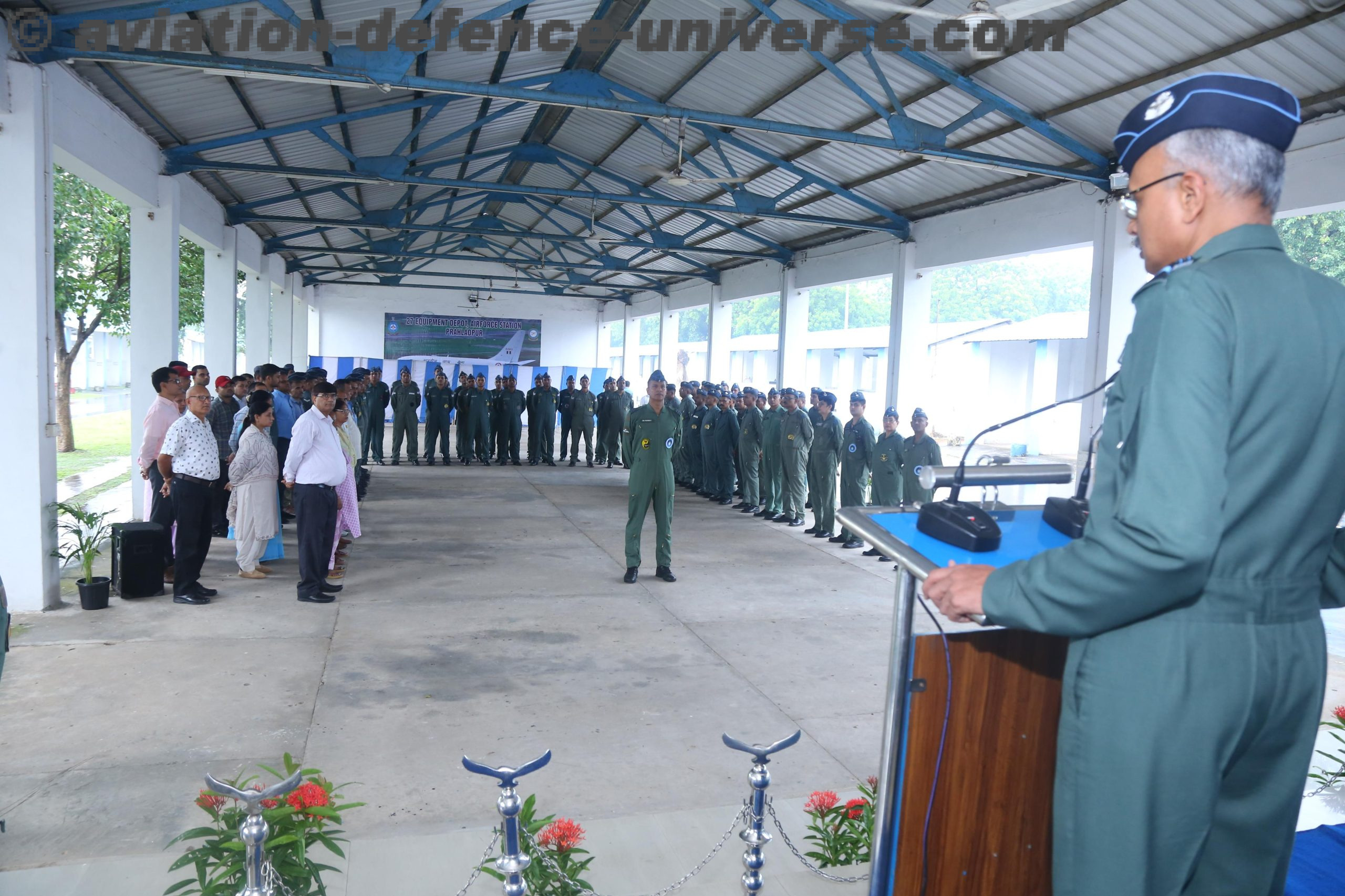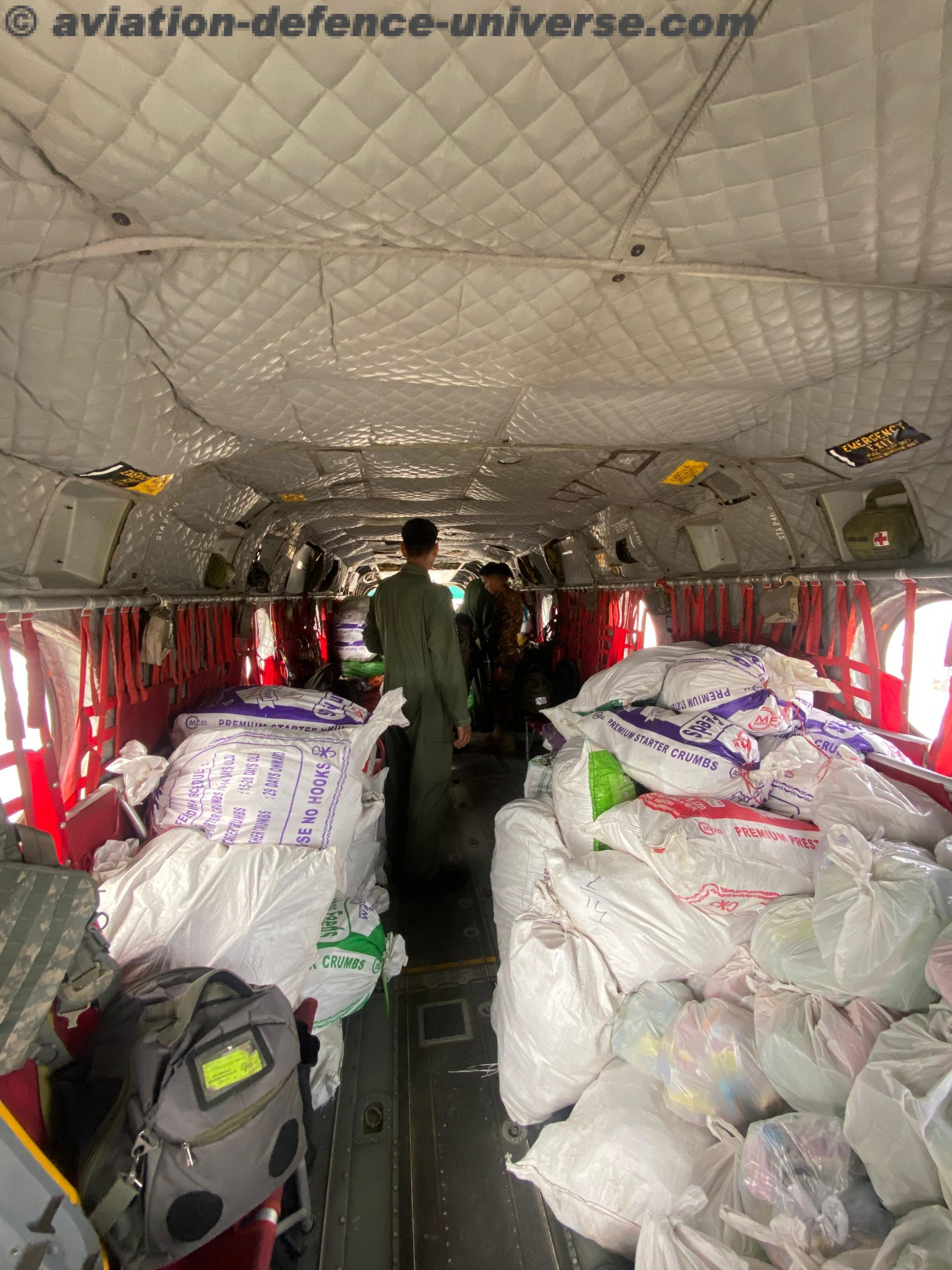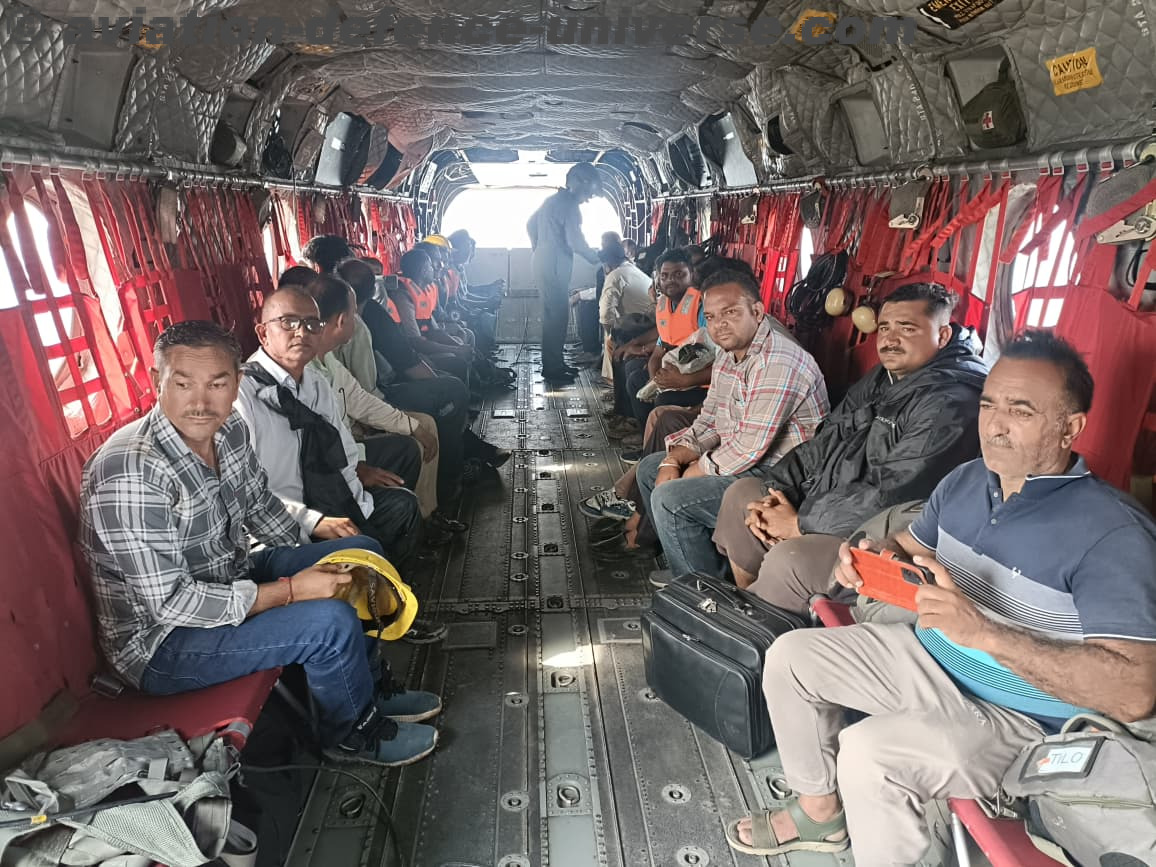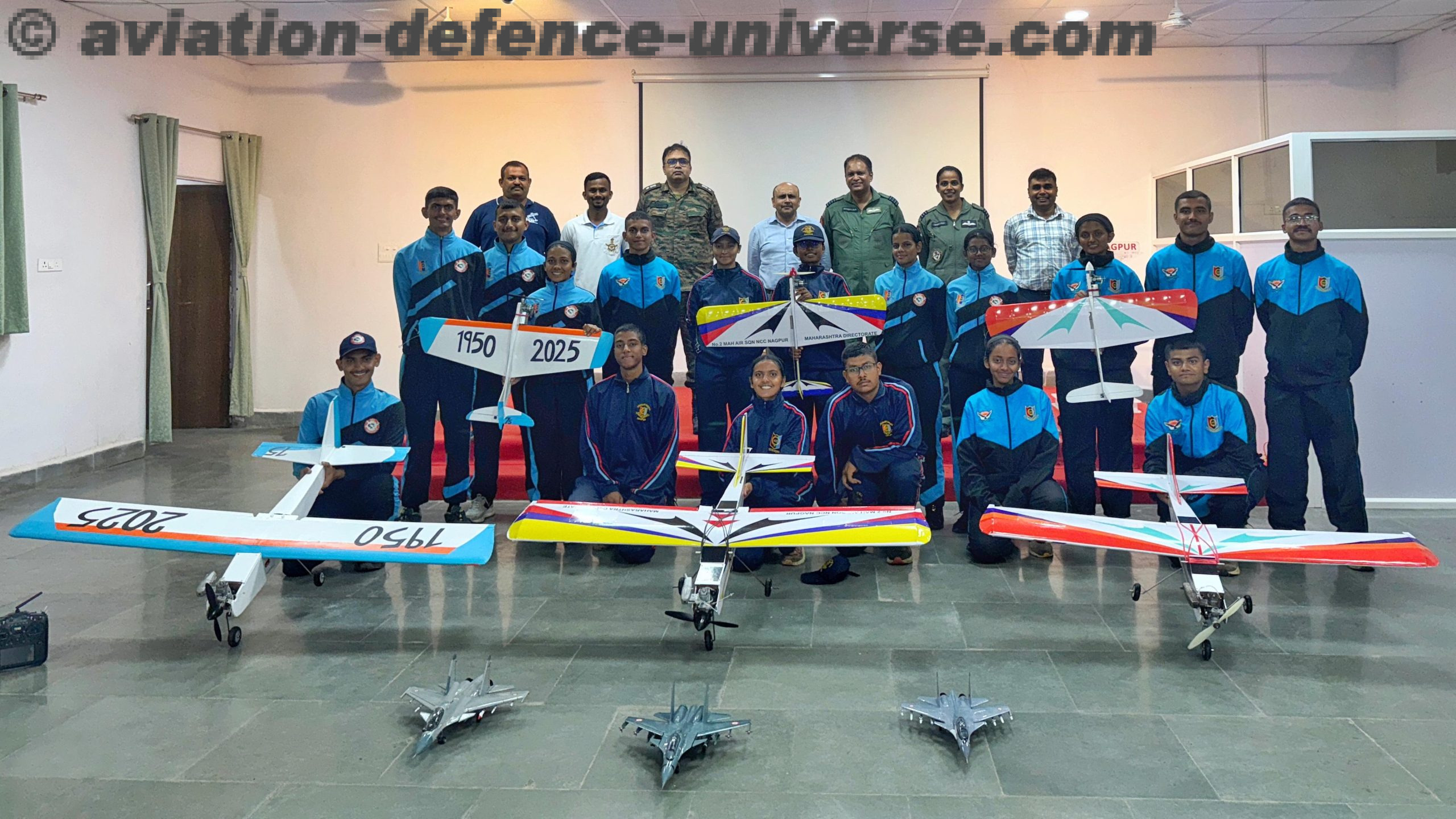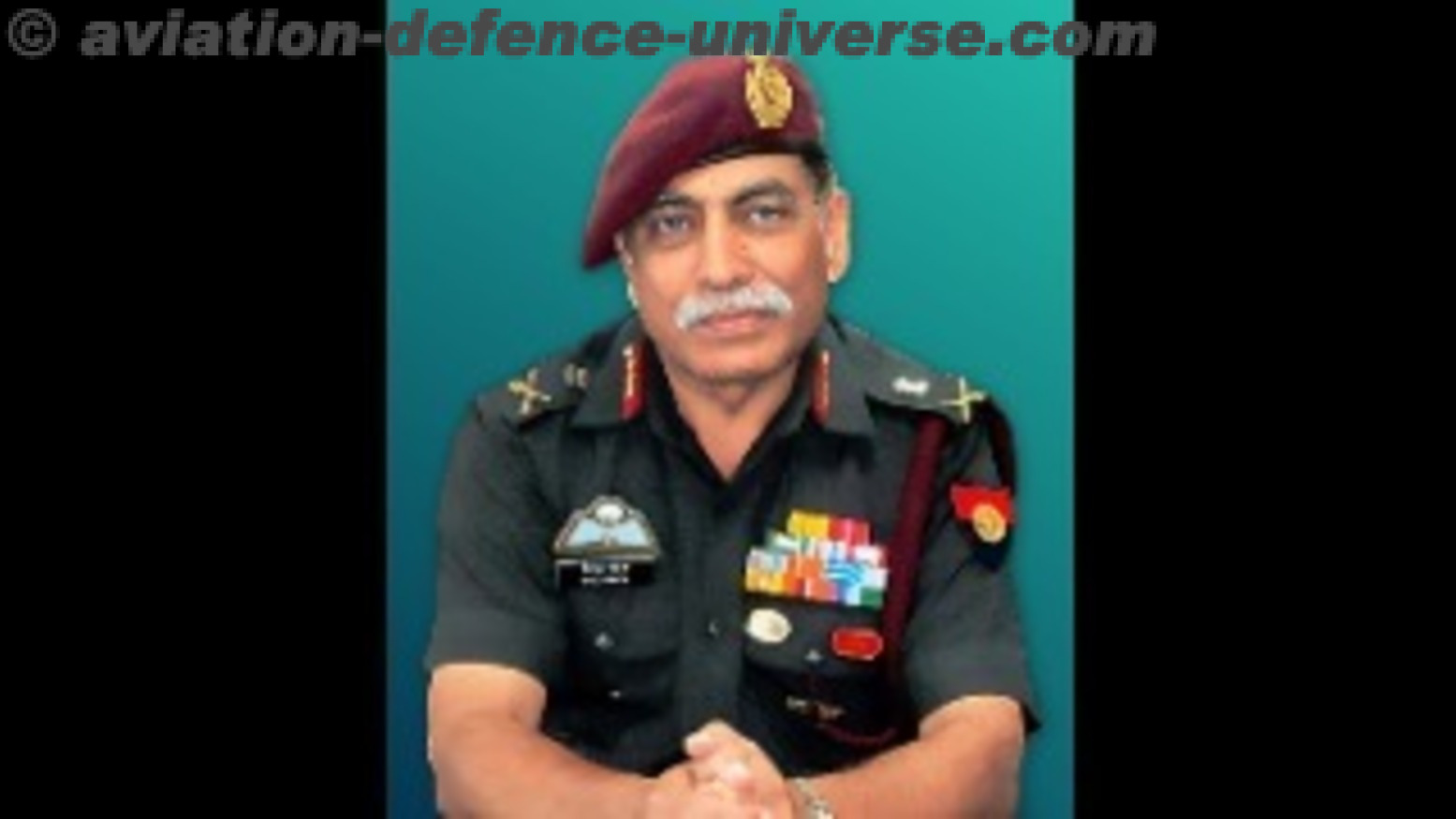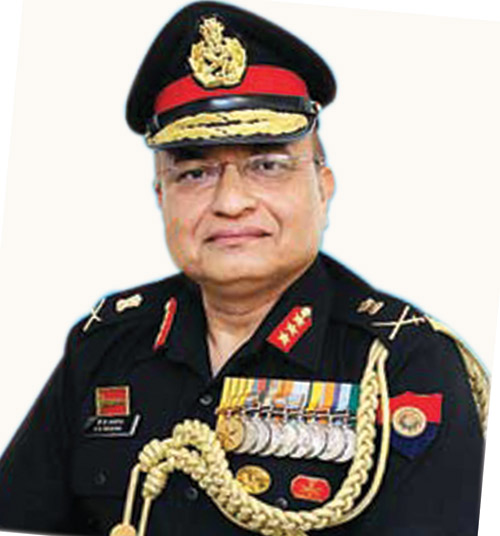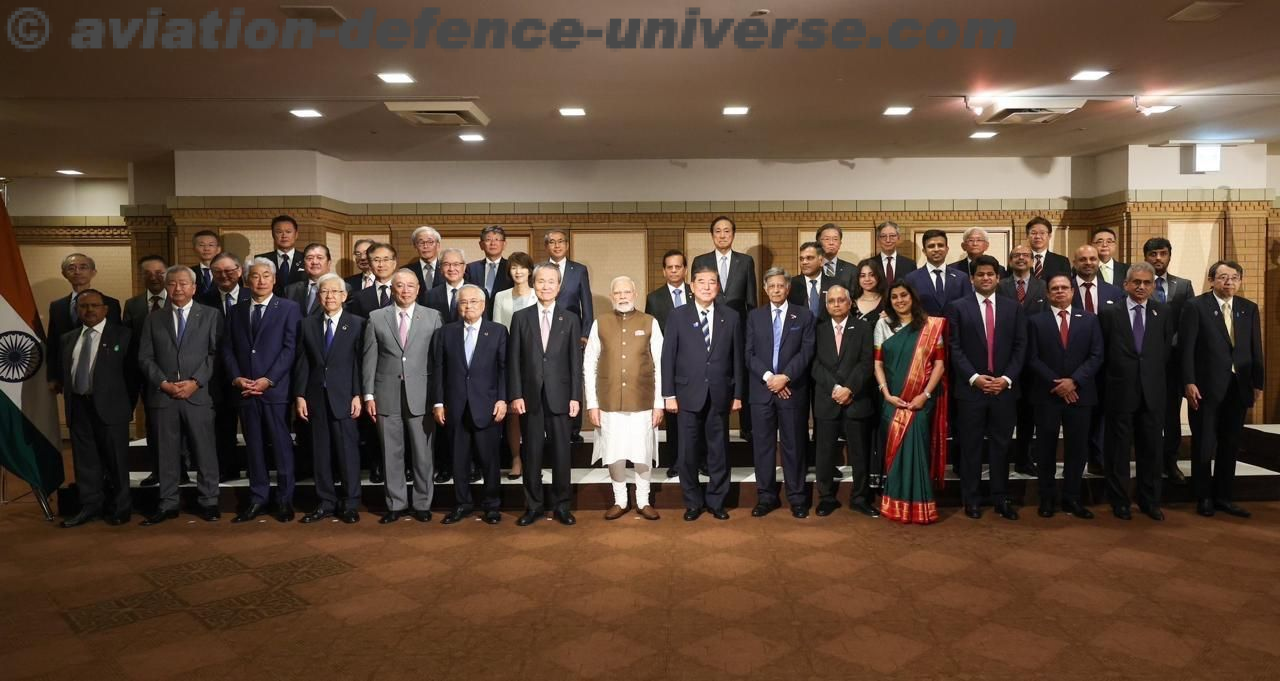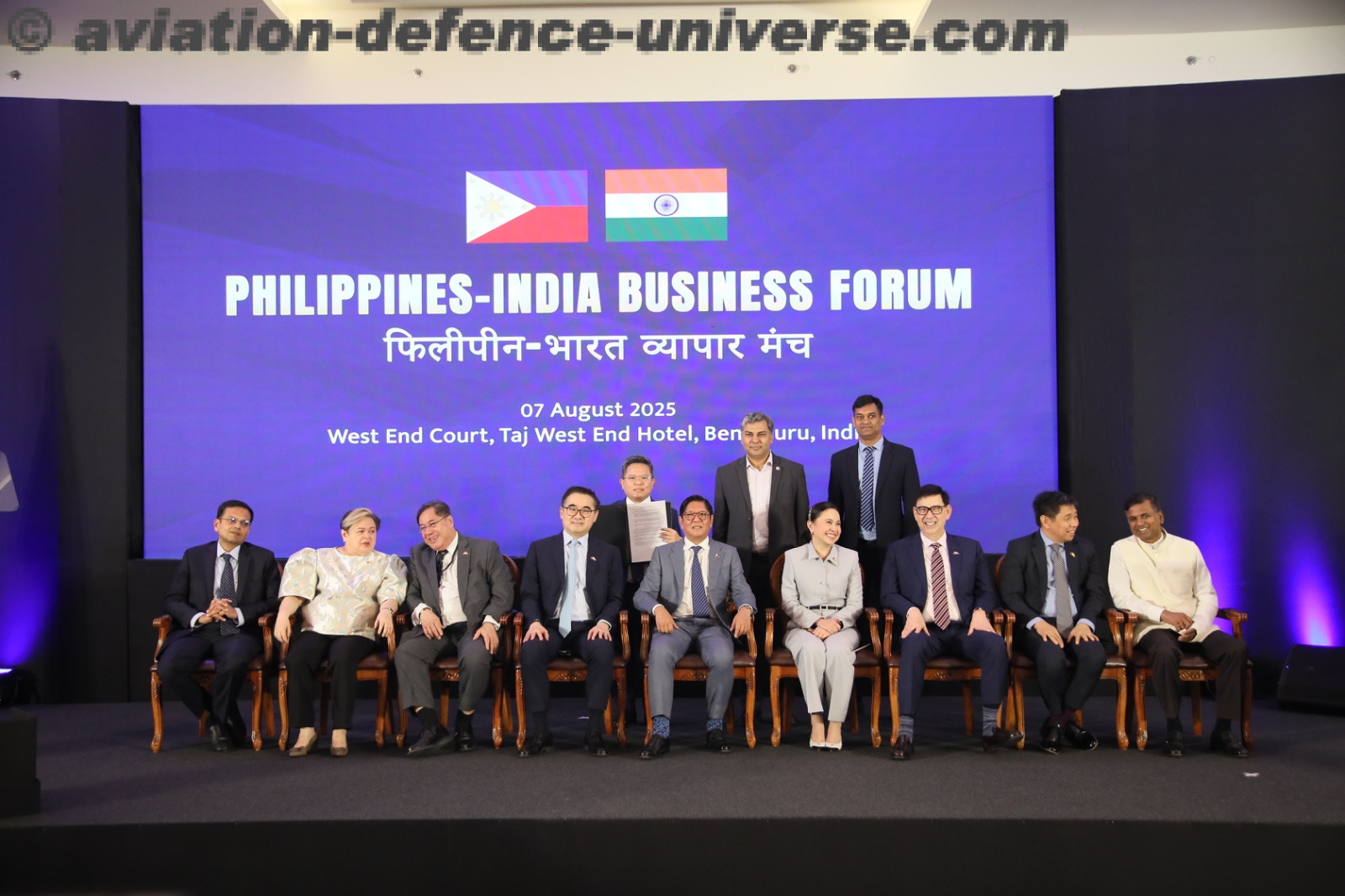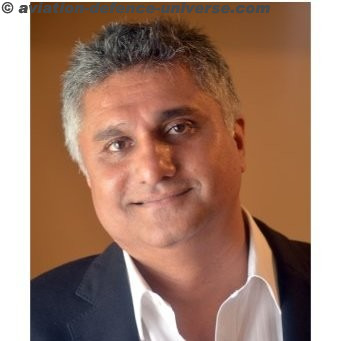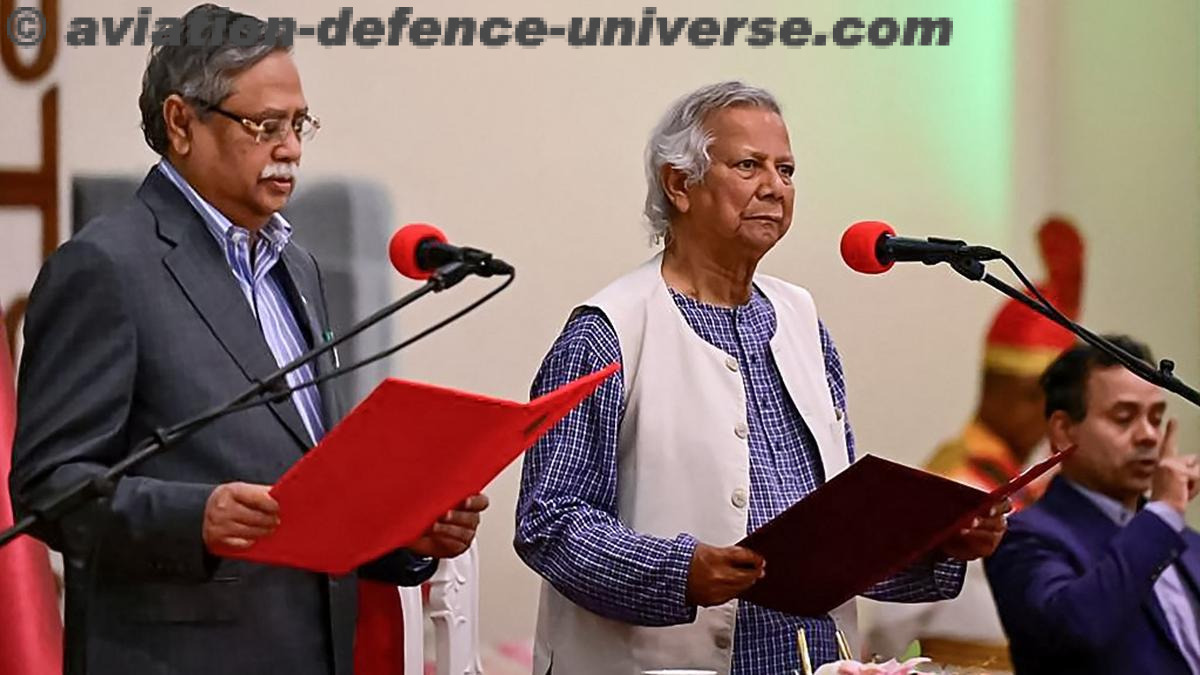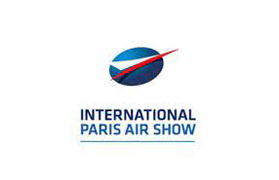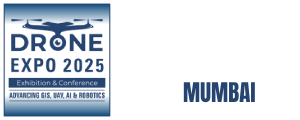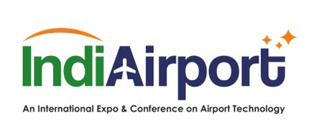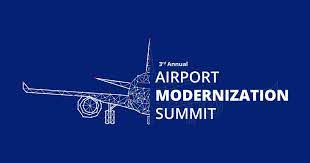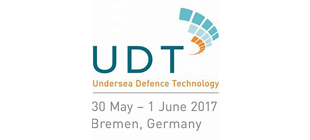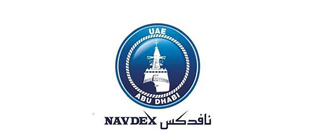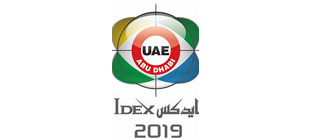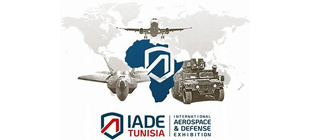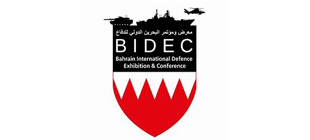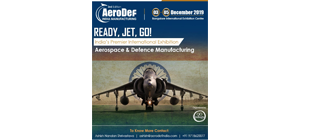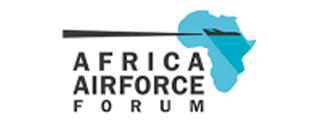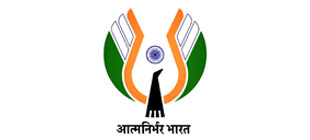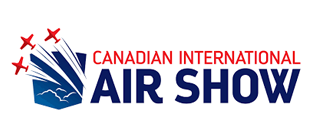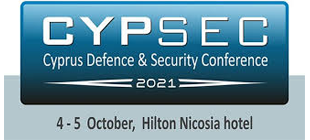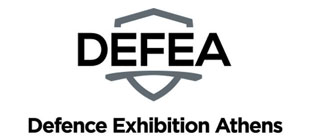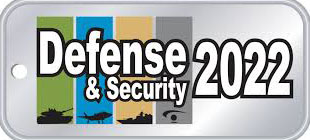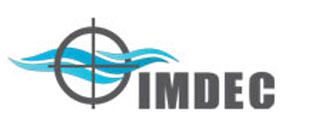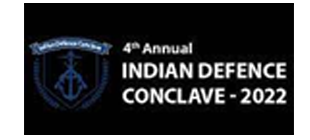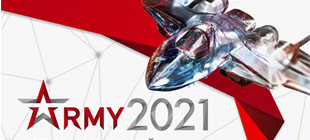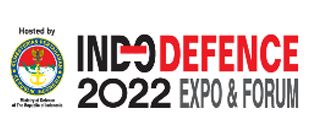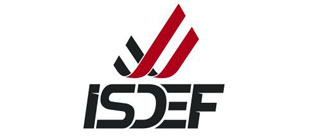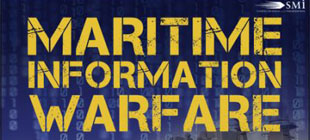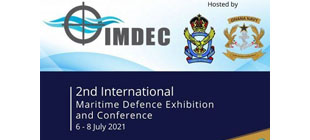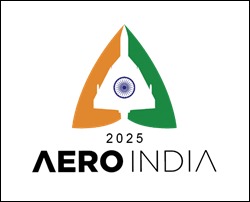- “Not Just a Market, But a Value Chain Leader”: Modi Positions India as Aviation Powerhouse
- Civil Aviation Minister Naidu says : ‘Fly to India, Fly with India, Fly in India’
- “Airline & economies grow together” : Pieter Elbers CEO Indigo & Chairman IATA Board of Directors states
By Sangeeta Saxena
New Delhi. 02 June 2025. The global aviation industry turned its eyes to India as the 81st Annual General Meeting (AGM) of the International Air Transport Association (IATA) and the World Air Transport Summit (WATS) convened at Bharat Mandapam, Pragati Maidan—marking the return of this prestigious event to Indian soil after 42 years. India took centre stage on the global aviation map as Prime Minister Narendra Modi opened the 81st International Air Transport Association (IATA) Annual General Meeting (AGM) in ++New Delhi with a bold vision for India’s leadership in global aviation. Marking the return of IATA’s premier summit to India after 42 years, the event—dubbed a “Global Sky Summit”—brought together industry leaders, government officials, and aviation executives under one roof. With Civil Aviation Minister K. Ram Mohan Naidu and IndiGo CEO Pieter Elbers joining the Prime Minister in laying out India’s ambitious aviation roadmap, the country’s transformative growth, policy reforms, and infrastructure expansion took flight before a global audience, signalling a new era of opportunity and leadership in the skies.
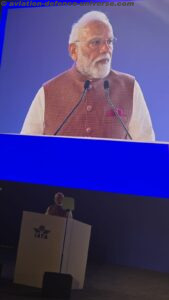
The Prime Minister projected that India’s aviation sector is poised to handle 500 million passengers annually by 2030, with cargo volumes expected to triple from the current 3.5 million metric tons. “Our airports now have a capacity of 500 million passengers, and Indian carriers have placed orders for over 2,000 aircraft. This is just the beginning,” he stated.
Emphasizing India’s digital innovation, Modi invited delegates to explore the Digi Yatra app, calling it “a secure and smart solution, serving as a model of inspiration for the Global South.” He also highlighted India’s sustainability goals, citing SAF blending targets and the green transformation of airports. Urging global investors to embrace India’s potential, he said: “India should not be viewed merely as an aviation market but as a value-chain leader. From design to delivery, India is becoming an integral part of the global aviation supply chain.”
The Prime Minister celebrated India’s inclusive model, noting that “15% of Indian pilots are women—three times the global average.” Asserting India’s commitment to global aviation norms, Modi concluded, “Let us work together to create a future where air travel is accessible, affordable, and secure for all.”
Prior the Prime Minister’s address, Civil Aviation Minister K. Ram Mohan Naidu took the stage to reinforce India’s strategic vision for aviation. “This event is happening at the right place, at the right time, and in the presence of the right leader,” said Naidu, calling India the “global aviation capital.”
Highlighting India’s emergence as the fourth-largest economy, he outlined the expansion of aviation infrastructure: “From 74 airports in 2014 to 162 today, including 33 international hubs—our pace is eight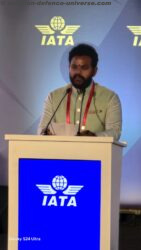
Naidu also spotlighted India’s ambition to become a logistics and MRO hub. “By 2047, we aim to handle 21 million metric tonnes of cargo. We’ve set a target of a $4 billion MRO market by 2031,” he noted, citing FDI reforms and new legislation that have aligned India with global aviation financing frameworks. On environmental responsibility, he said, “Over 80 airports are already operating on 100% green energy. We aim to reach 100 by year-end. India has the biomass to lead the global SAF movement.” He concluded by thanking IATA and IndiGo for their roles in bringing the AGM to India, and extended a formal invitation to Wings India 2026 in Hyderabad.
Pieter Elbers, CEO of IndiGo and Chairman of the IATA Board of Governors, who welcomed delegates on behalf of India’s aviation community. He underlined the synergy between aviation and economic growth: “The connectivity we create—within India and beyond—drives development and prosperity. We’re proud to bring IATA back to India after four decades,” he said.

It was the first time in history of IATA that a Head of State was the Chief Guest and addressed the plenary session. PM Modi also touched on India’s efforts to build a sustainable aviation ecosystem through adoption of Sustainable Aviation Fuel (SAF), carbon neutrality, and enhanced cargo infrastructure. “India is perfectly positioned to become a global MRO hub,” Modi noted, pointing to increased foreign direct investment and the enactment of the Protection of Interest in Aircraft Objects Bill.
On global collaboration, Modi reaffirmed India’s commitment to the principles of the Chicago Convention and ICAO safety standards. “India consistently supports Open Skies and global connectivity,” he said. “Let us work together to create a future where air travel is accessible, affordable, and secure for all.”
As aviation leaders from over 200 airlines gathered in Delhi, Modi concluded with a strong message of confidence and cooperation. “India’s aviation journey is not just a story of numbers — it is a story of aspiration, innovation, and inclusion.”
The IATA AGM marked a seminal moment in India’s civil aviation journey, spotlighting the country’s evolution into a central node in global air transport and innovation.


